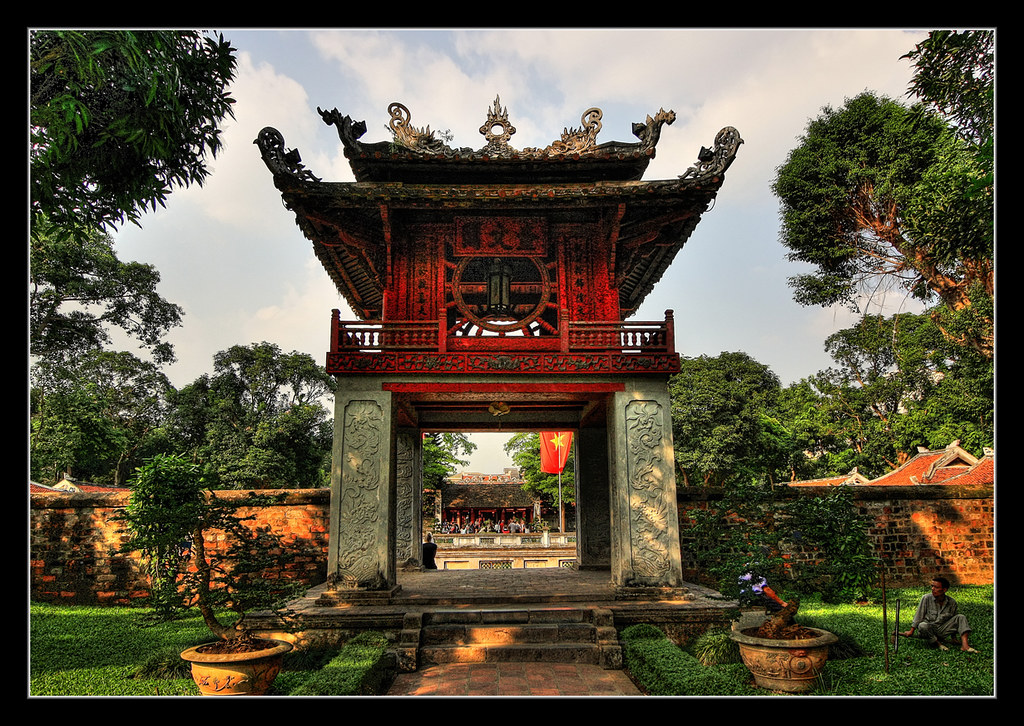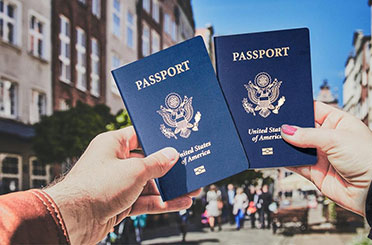Discover the Temple of Literature: Vietnam's First University and Cultural Gem
The Temple of Literature, or Văn Miếu - Quốc Tử Giám, is a famous historical and cultural site in Hanoi, Vietnam. Built in 1070 under King Lý Thánh Tông, it was established to honor Confucius and other revered scholars of Confucianism. In 1076, Quốc Tử Giám, Vietnam's first national university, was founded here to educate royal court officials and intellectuals. With its ancient architecture, spacious grounds, and steles inscribed with the names of successful scholars, the Temple of Literature symbolizes Vietnam's tradition of learning and respect for talent. Today, it attracts many visitors and is a place where students often come to pray for good luck.
I. History of Temple of Literature Hanoi
The Temple of Literature was constructed in 1070 by King Lý Thánh Tông to honor Confucius, Zhou Gong, and the Four Great Disciples – important figures of Confucianism, as well as other great philosophers of Chinese philosophy. This act aimed to promote scholarship and highlight the ethical values of Confucianism, while encouraging education in a then-developing Vietnamese educational system.
Temple of Literature in the 11th century
At that time, Confucianism was growing in influence, becoming a major political and social ideology in Vietnam. Therefore, the founding of the Temple of Literature was not only for worship but also a significant step in affirming the role of scholarship in Vietnam's feudal society.
1. Important Historical Events and Figures Related to the Temple of Literature
In 1076, during the reign of King Lý Nhân Tông, the Imperial Academy was established adjacent to the Temple of Literature, becoming Vietnam's first national university. Initially, the Imperial Academy was reserved for royal family members and the aristocracy, but later it was opened to the children of noble families and talented individuals.
Confucian civil service exams (local, regional, and imperial exams) were held to select talented individuals for government positions. Those who ranked highest in these exams were titled doctors. From the 15th century, under King Lê Thánh Tông, the names of successful doctoral candidates were engraved on stone steles, placed on the backs of stone turtles, now famously known as the Doctor's Steles, which are still preserved in the Temple.
2. Some notable figures associated with the Temple of Literature include
Chu Văn An (Left) - Nguyễn Trãi (Right)
Chu Văn An: A famous Vietnamese educator, who served as the Head of the Imperial Academy and was known for his exemplary ethics and talent.
Nguyễn Trãi: A world-renowned cultural figure, writer, poet, and prominent Vietnamese thinker.
3. The Role of the Temple of Literature in Education and Confucianism in Vietnam
The Temple of Literature – Imperial Academy served as the most important educational center in Vietnam for centuries. Confucianism, with its emphasis on morality, propriety, and scholarship, shaped the feudal educational system in Vietnam. The Temple was not only the site of the Confucian exams but also a symbol of the reverence for knowledge, where generations of students and the royal court found inspiration and motivation to study and excel.
Through the civil service examination system, Confucian values were disseminated, helping to form a scholarly class that played a crucial role in governance and societal order. This education system was vital in maintaining the administrative apparatus and social stability.
Today, the Temple of Literature – Imperial Academy remains a symbol of scholarship and traditional Vietnamese culture. It is a place where students often visit to seek blessings before important exams, and it is a popular tourist destination for those interested in the history and culture of Vietnam.
With over 1,000 years of history, the Temple of Literature has become an integral part of the national memory, where the values of knowledge and character are celebrated.
II. Architecture of Temple of Literature
The Temple of Literature (Văn Miếu) in Hanoi is a classic example of traditional Vietnamese architecture, deeply influenced by Confucian principles and aesthetic values. The complex is divided into five courtyards, each with its own purpose and significance, arranged along a north-south axis that stretches over 540 meters. The temple’s design follows the classical Confucian layout, symbolizing harmony and balance, which were core principles of Confucian thought.
Temple of Literature viewed from above
The overall layout of the Temple emphasizes order and hierarchy, which were important in both education and society. The long, rectangular grounds are separated by gates that mark the transition from one courtyard to the next, leading visitors deeper into the heart of the Temple as they move toward the most sacred spaces, including the shrine to Confucius and the Imperial Academy.
1. First Courtyard: Đại Trung Môn Gate
2. Second Courtyard: Khuê Văn Các Pavilion
3. Third Courtyard: Thien Quang Well and Doctor's Steles
4. Fourth Courtyard: House of Ceremonies and Confucius Shrine
5. Fifth Courtyard: Quốc Tử Giám – Imperial Academy
III. Location of the Temple of Literature
The Temple of Literature (Văn Miếu – Quốc Tử Giám) is located in the Đống Đa District of Hanoi, the capital city of Vietnam. The specific address is 58 Quốc Tử Giám Street, which is situated in the central part of Hanoi, making the temple easily accessible for both locals and tourists.
Map of the location of the Temple of Literature
The temple is approximately 2 kilometers west of Hoàn Kiếm Lake, a prominent landmark in Hanoi’s Old Quarter. This central location places the Temple of Literature near other significant cultural and historical sites, such as the Ho Chi Minh Mausoleum, Ba Đình Square, and One Pillar Pagoda. Its proximity to these landmarks makes it a key destination for visitors exploring the heart of Hanoi.
The surrounding area features a blend of modern urban life and ancient history, providing visitors with a sense of both the cultural richness of the city and the enduring legacy of Vietnam’s Confucian heritage.
IV. Ticket Prices for the Temple of Literature
As of 2024, the entrance fee for the Temple of Literature in Hanoi has increased to 70,000 VND (approximately 3 USD). This price change is part of a broader adjustment affecting several tourist attractions in the city, aimed at supporting preservation and management efforts.
V. Temple of literature Hanoi opening hours
The Temple of Literature in Hanoi is open daily with the following hours:
- Summer hours: 8:00 AM to 6:00 PM
- Winter hours: 7:30 AM to 5:30 PM
These hours may vary slightly during special events or holidays. The temple is a popular destination for both tourists and locals, so it's recommended to visit early in the day to avoid crowds.
VI. Best Time to Visit the Temple of Literature
The best time to visit the Temple of Literature in Hanoi depends on weather conditions, crowd levels, and personal preferences. Here are some guidelines to help you choose the ideal time:
The custom of asking Mr. Do's letter at the beginning of the year
1. Time of Year
- Spring (February to April): Spring is one of the most pleasant times to visit, with cool temperatures and blooming flowers. This season is also significant as it coincides with Tet (Vietnamese Lunar New Year), when the temple becomes a hub of cultural activities, including ceremonies honoring scholars and Confucius. However, expect more crowds during this period.
- Autumn (September to November): Autumn is another favorable time to visit, as the weather is mild and dry. The golden sunlight and cool breeze create a perfect atmosphere for exploring the temple's courtyards and gardens.
2. Time of Day
- Morning (8:00 AM to 10:00 AM): Visiting early in the morning is ideal to avoid crowds, especially on weekends or during holidays. The temple is more peaceful, and the cool morning air provides a comfortable experience.
- Late Afternoon (3:00 PM to 5:30 PM): The late afternoon offers softer lighting for photography, and the number of visitors typically declines toward the end of the day.
3. Avoiding Crowds
- Weekdays: The temple is less crowded on weekdays compared to weekends, when locals and tourists alike visit in greater numbers.
- Exam Season (May): Many students come to the temple to pray for success before their exams, so it can be busier during this time.
VII. Directions: How to Reach the Temple of Literature
1. From Hanoi City Center
- By Taxi: You can easily hail a taxi or use a ride-hailing app like Grab. Just enter "Temple of Literature" as your destination. The ride from the city center should take around 10-15 minutes, depending on traffic.
- By Bus: Several bus lines go near the Temple of Literature. Check local routes, but Line 01, 14, and 28 are common ones that stop nearby. Get off at the nearest bus stop and walk a short distance to the entrance.
2. From Noi Bai International Airport
- By Taxi: Taxis are available at the airport. The ride to the Temple of Literature takes about 30-45 minutes, depending on traffic.
- By Shuttle Bus: You can take an airport shuttle bus to the city center and then switch to a taxi or another local bus to reach the temple.
VIII. Useful Tips for Visiting the Temple of Literature
1. Plan Your Visit: Typically open from 8:00 AM to 5:00 PM daily. Check for holiday hours or special events. Best time to visit is on Early morning or late afternoon for cooler temperatures and fewer crowds.
2. Entrance Fee: There is a small entrance fee (usually around 30,000 VND). Bring cash, as card payments may not be accepted.
3. Dress Appropriately: Since it is a cultural and historical site, wear respectful clothing. Avoid shorts and tank tops.
4. Guided Tours: Hiring a local guide can enhance your experience, providing insights into the history and significance of the temple.
5. Take Your Time: The temple complex features beautiful architecture, gardens, and various altars. Allow plenty of time to wander and appreciate the surroundings.
6. Photography: Photography is allowed, so bring your camera. Early morning or late afternoon light is ideal for stunning photos.
7. Stay Hydrated: Bring a bottle of water, especially during hot months. There are also vendors nearby where you can purchase drinks.
8. Respect the Culture: Understand the significance of the temple as a place of worship and learning. Be mindful of noise and behavior.
9. Combine Visits: Consider visiting other nearby attractions, such as the Vietnam Fine Arts Museum or the One Pillar Pagoda, to make the most of your trip.
10. Local Cuisine: After your visit, explore nearby eateries to enjoy traditional Vietnamese dishes.
IX. Conclusion
Visiting the Temple of Literature is not just a journey into Vietnam’s rich history and culture; it's an opportunity to experience the serene beauty and profound significance of one of the country's most revered sites. By planning ahead, respecting local customs, and taking the time to explore the grounds, you can ensure a meaningful and enriching experience.
Whether you're interested in history, architecture, or simply seeking a peaceful escape from the bustling city, the Temple of Literature offers something for everyone. Enjoy your visit and immerse yourself in the wisdom and tranquility that this iconic temple has to offer!
If you are planning to visit and discover new things in Hanoi, do not hesitate to contact Asia Fusion Travel.
Other tour
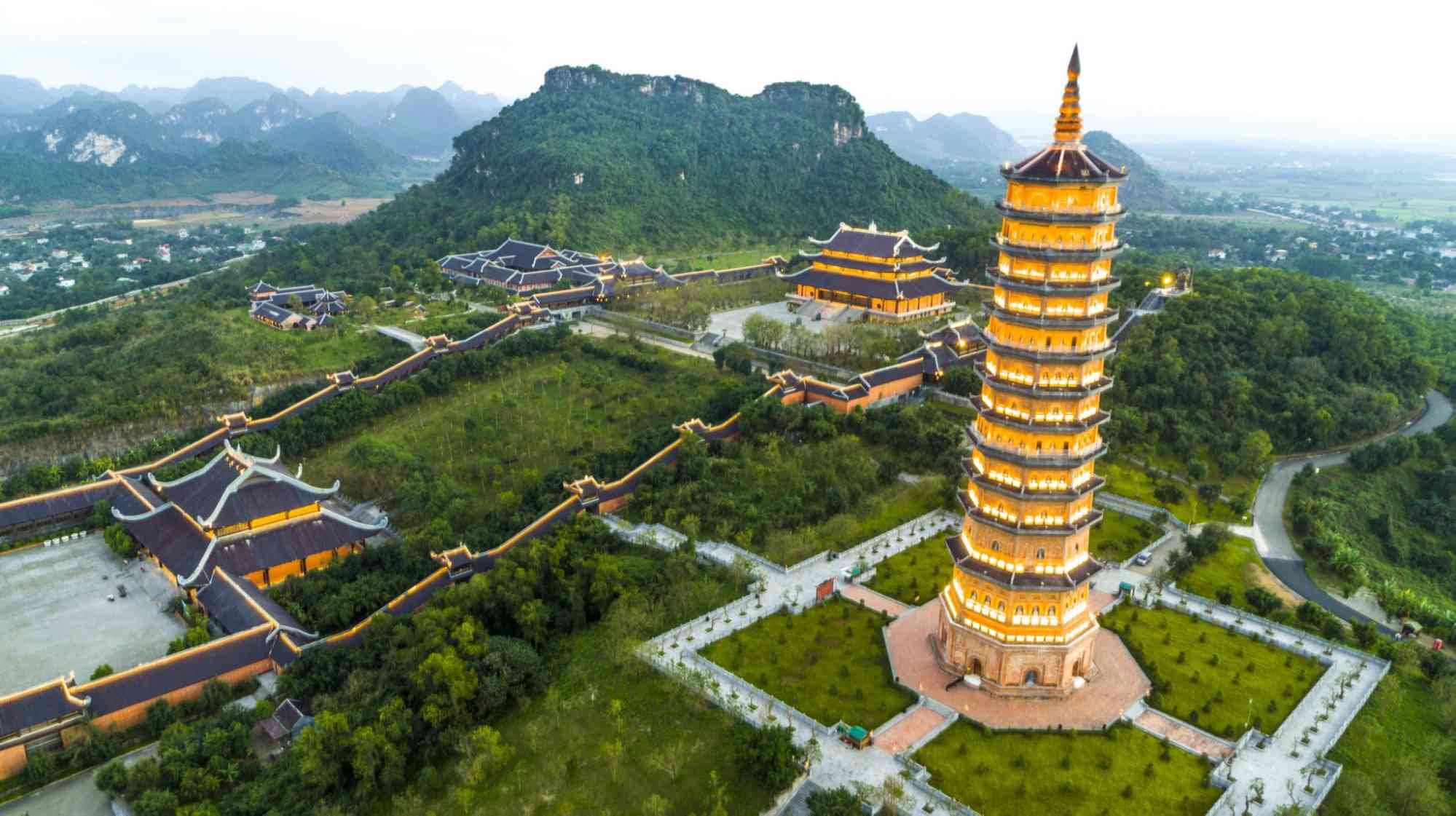 Details
Details
HOA LU – TRANG AN - MUA CAVE -1 DAY TRIP BY LIMOUSINE
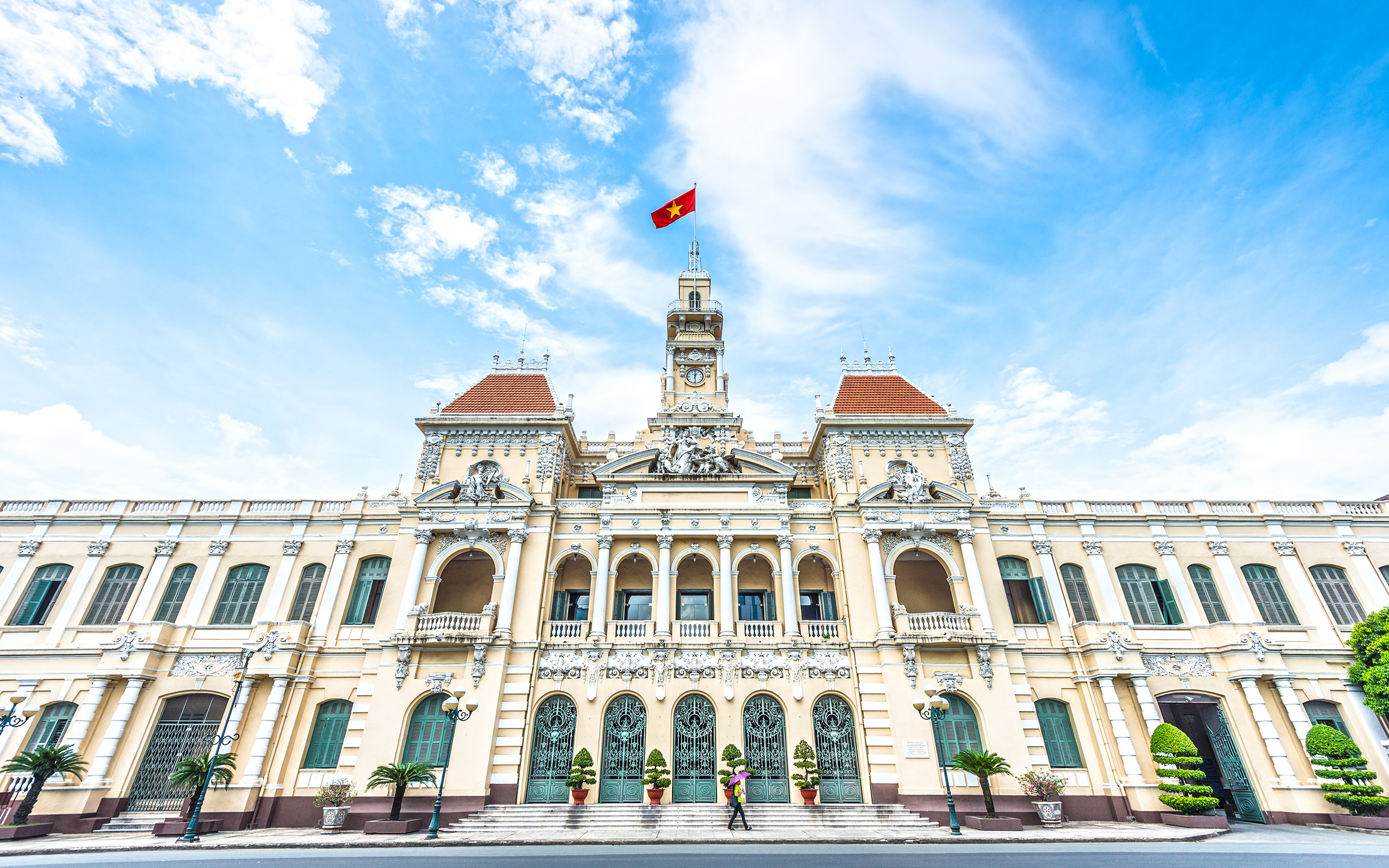 Details
Details
Ho Chi Minh - Cu Chi Tunnel - Ho Chi Minh
Other posts

ASIA FUSION TRAVEL
Welcome to Asia Fusion Travel - Where Diversity Meets Exploration
With over eight years of experience, our dedicated team has become a trusted partner for thousands of international visitors to Vietnam. Our support team is always ready to assist you throughout your vacation, ensuring a seamless and memorable experience.
We offer a wide range of travel products to suit every taste. Whether you prefer vibrant short-day tours or extended adventures, luxurious resort vacations or eco-friendly nature trips, we are committed to delivering the perfect journey tailored to your desires.
Our travel services are designed to be flexible and convenient. We provide joint tours, private tours, and tailor-made tours, along with hotel bookings, domestic flights, and transportation upon request. Our goal is to make your travel experience as smooth and enjoyable as possible.
Our mission is to introduce you to the mysteries and beauty of Asia. We offer exceptional travel experiences across Vietnam and neighboring countries like Thailand, Laos, and Cambodia. We are committed to providing the best prices without compromising on service quality.
Join Us at Asia Fusion Travel!
Let us guide you on a voyage of discovery unlike any other
.jpg)
Surprising Facts About Vietnam
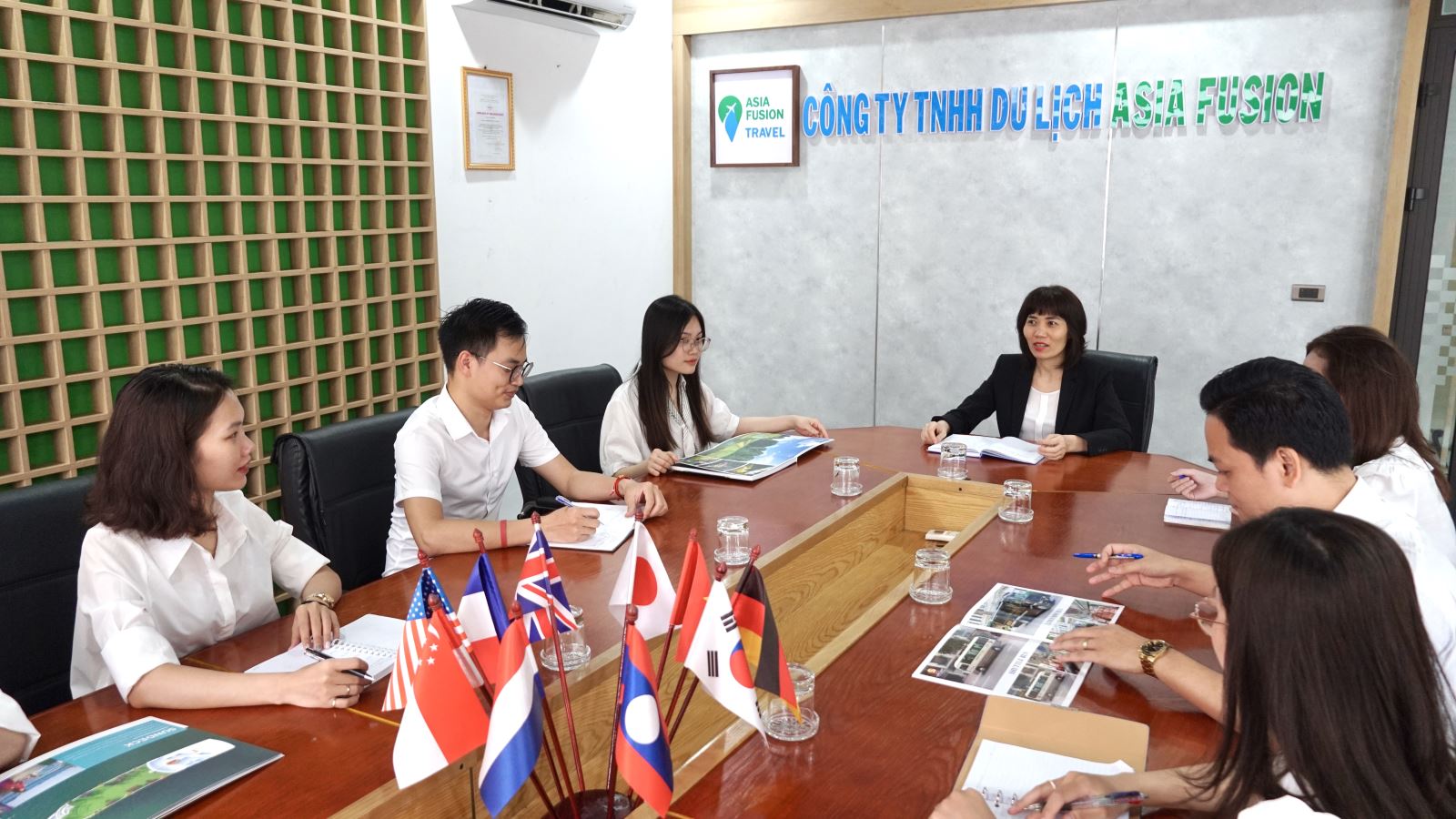
MEET OUR TEAM
Experience the Best with Asia Fusion Travel
At Asia Fusion Travel, we take immense pride in our team of seasoned travel professionals. With over eight years of experience in the tourism industry, our expertise has been honed through serving thousands of international visitors.
Why Choose Us
Our team's unwavering commitment and adaptability set us apart. No matter the situation, we go above and beyond to deliver an exceptional travel experience for our guests. From curating novel tour itineraries to seamlessly resolving unexpected challenges, putting our clients' interests and satisfaction first is always our top priority.
Proven Excellence
Asia Fusion Travel's longstanding track record is a testament to the professionalism and quality service we strive to provide. Our wealth of hands-on experience guarantees that every detail of your journey is meticulously looked after.
Your Journey, Our Passion
Let our knowledgeable and dedicated team guide you through the wonders of Asia. Embark on an unparalleled adventure with Asia Fusion Travel, where creating unforgettable travel memories is our passion.
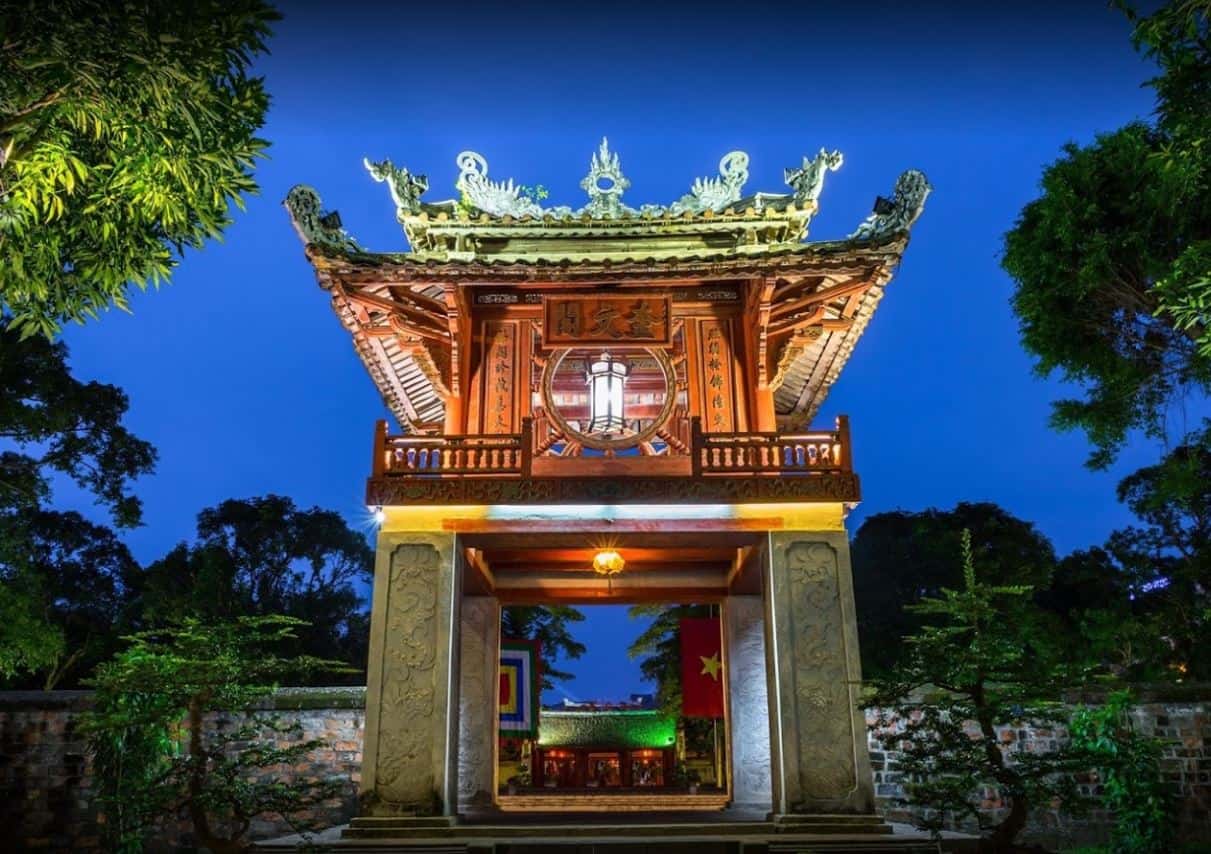


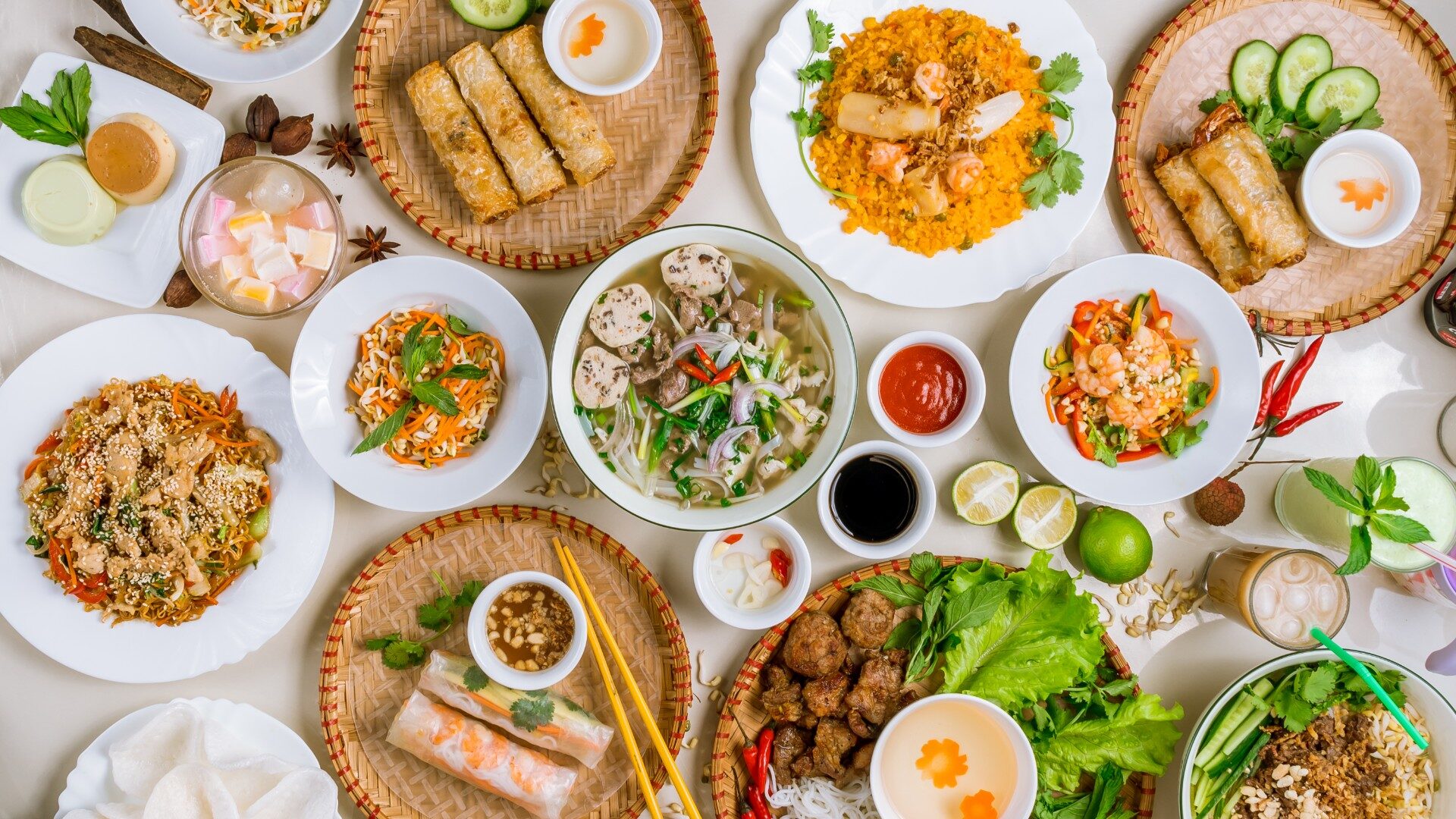




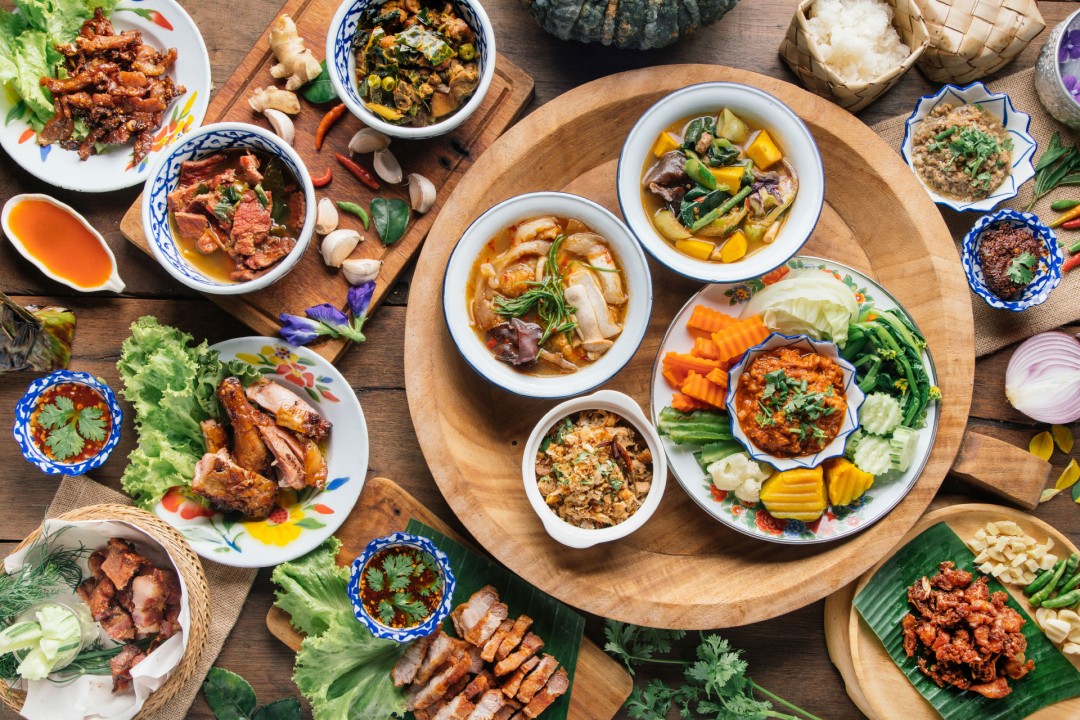

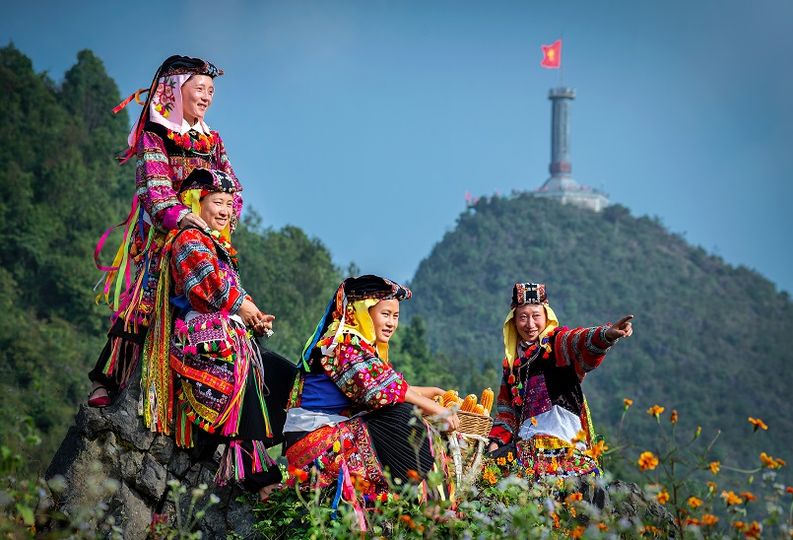


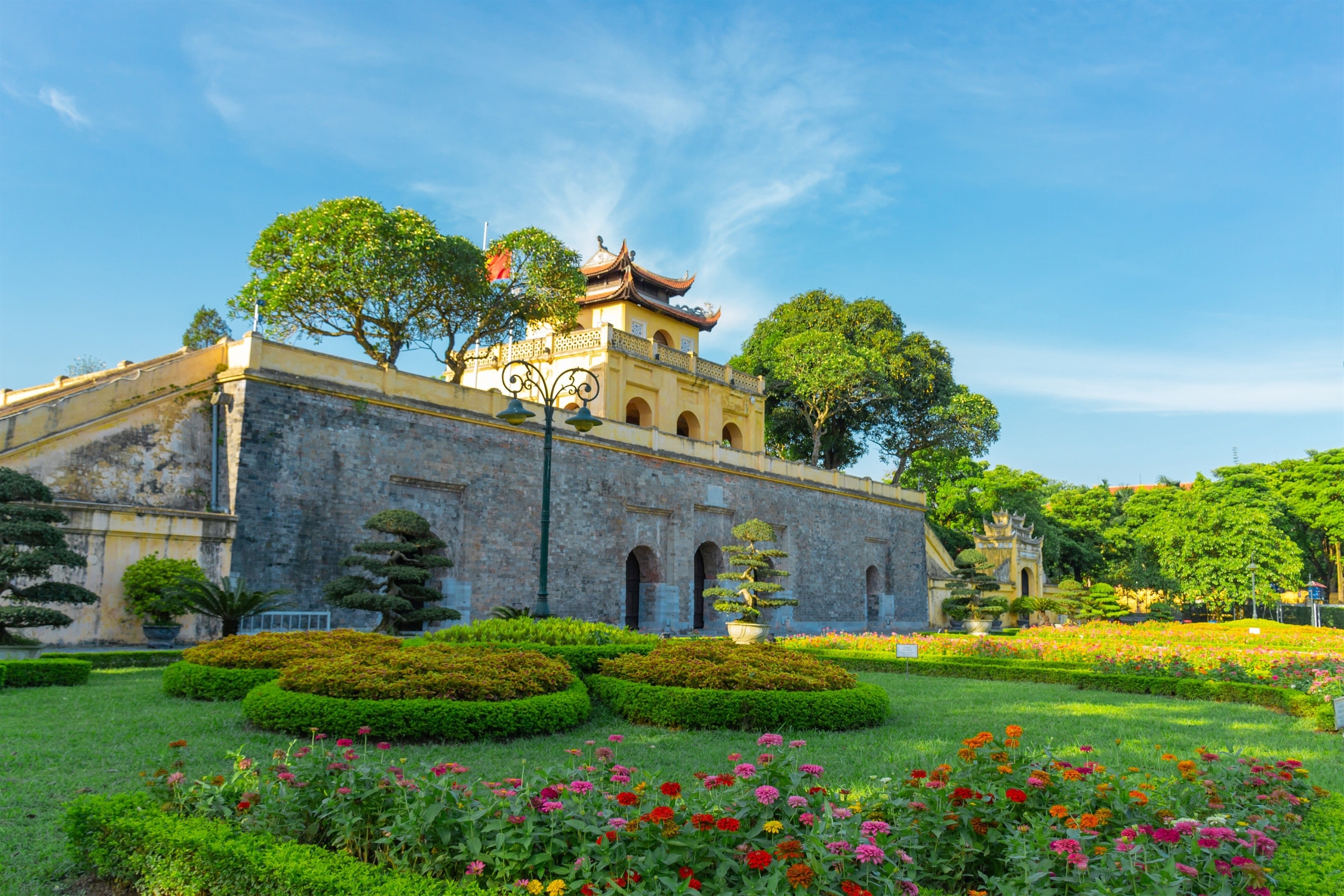
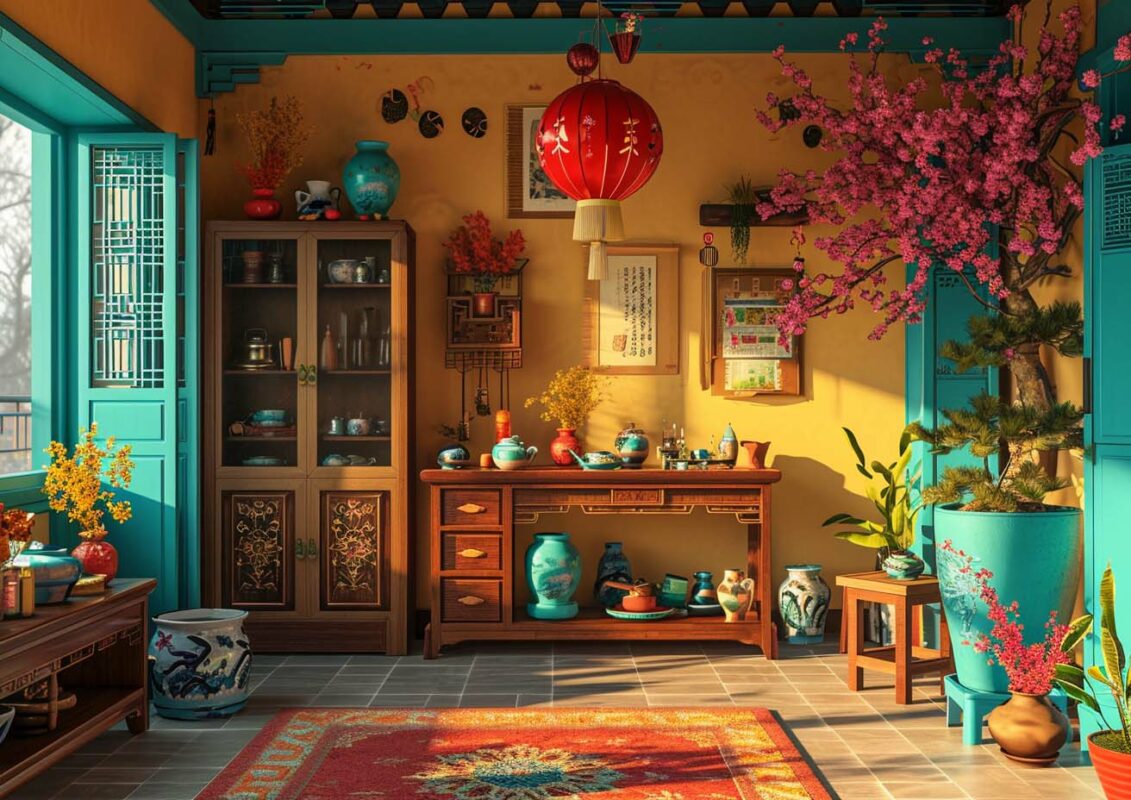
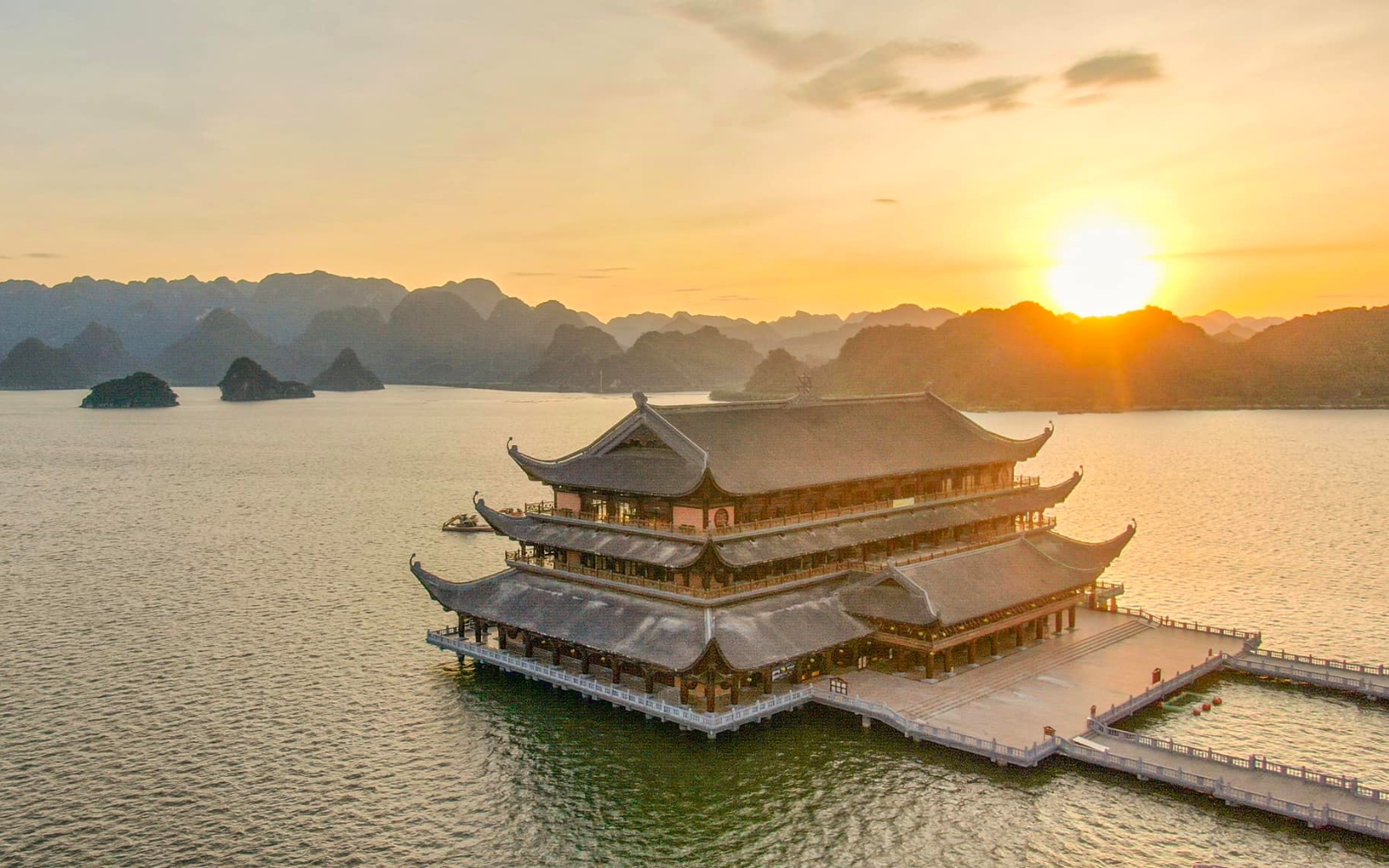


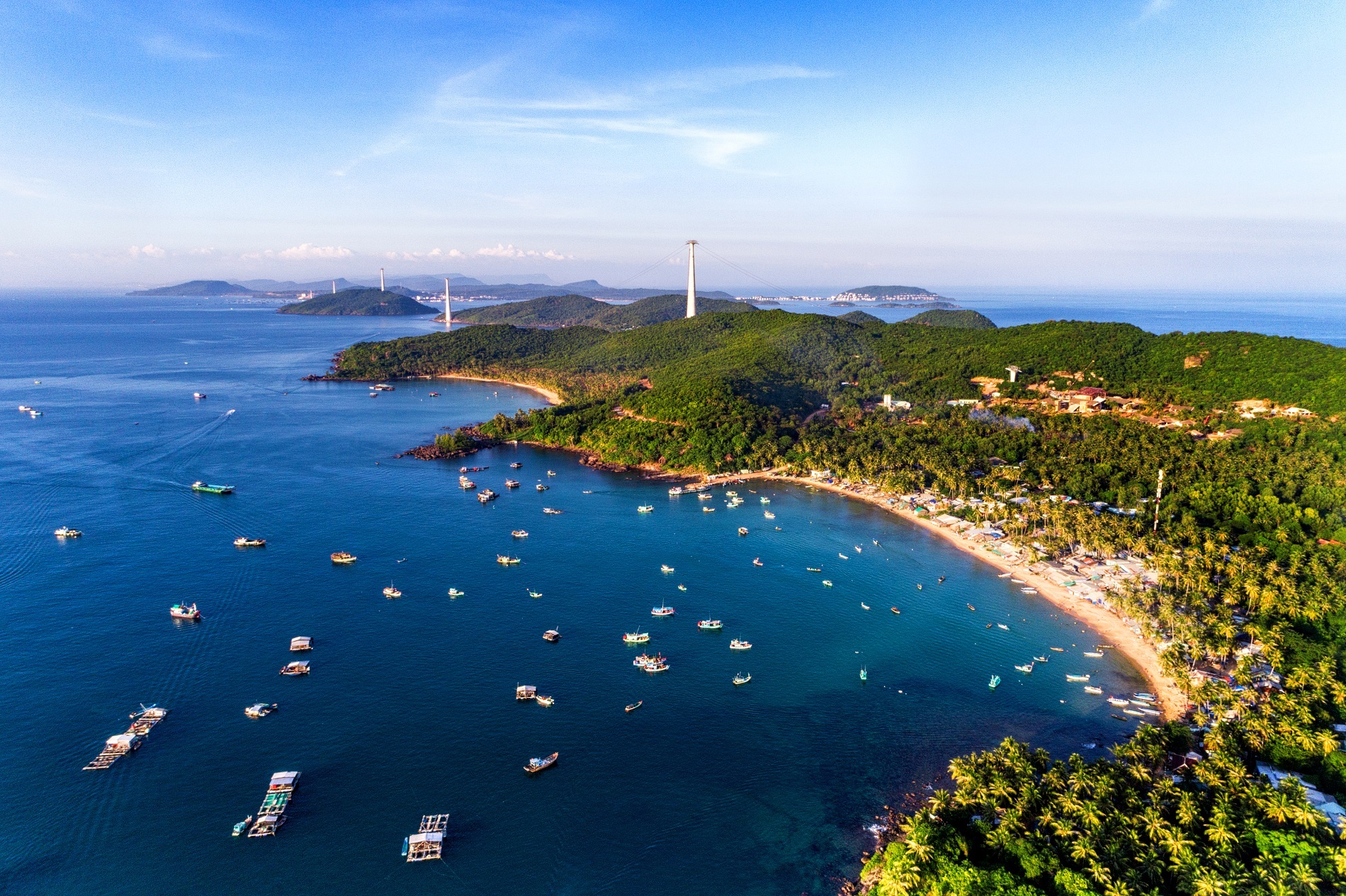








.png)
.png)






.png)
.png)
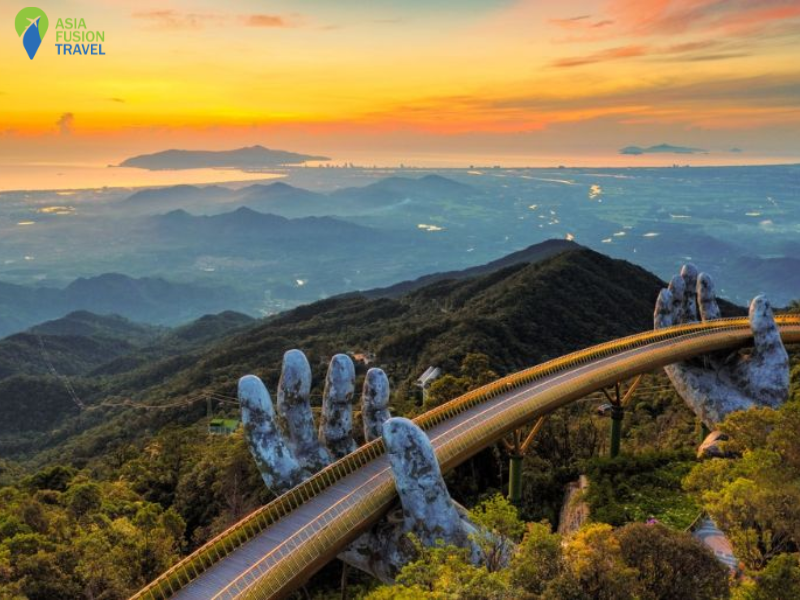
.png)
.png)
.png)
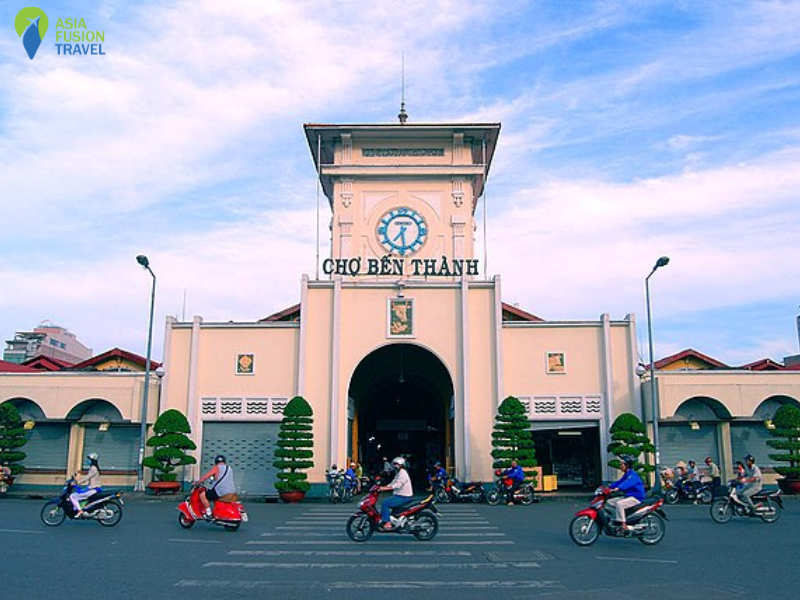

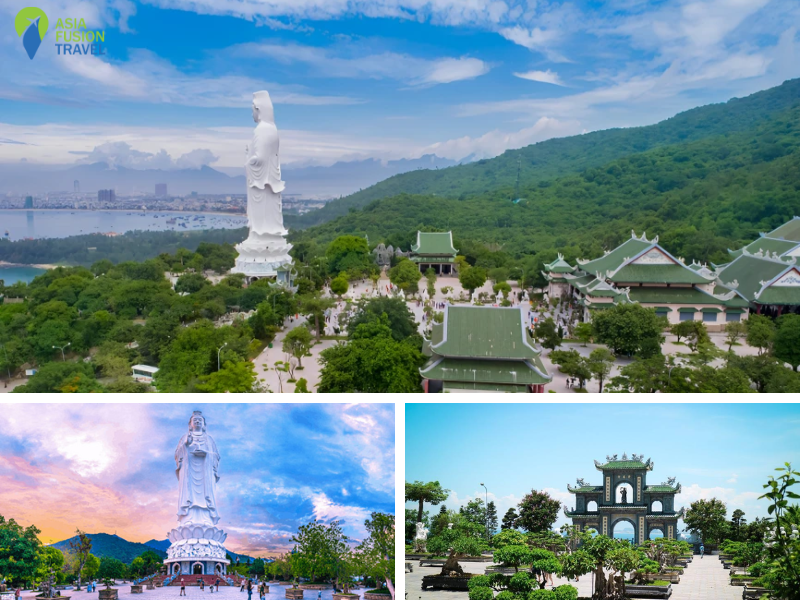

.png)
.png)
.png)
.png)
.png)
.png)
.png)
.png)
.png)
.png)
.png)
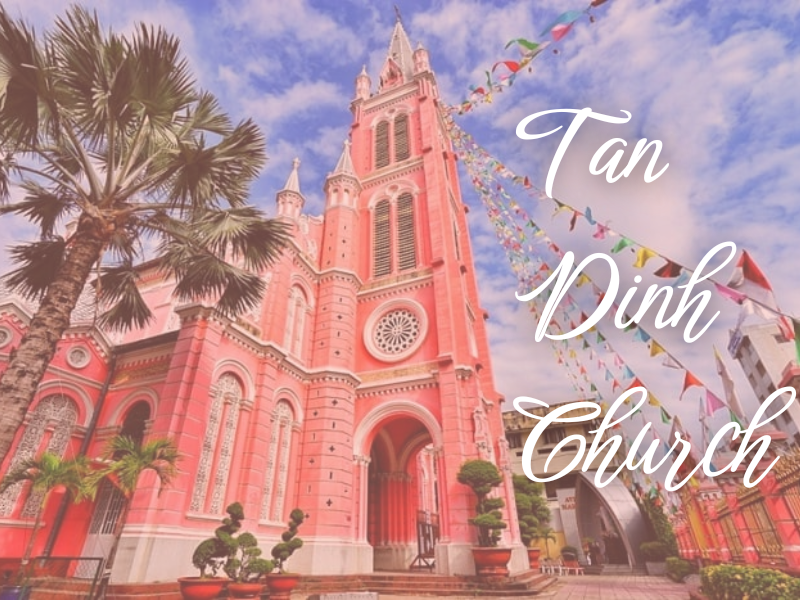
.png)
.png)
.png)
.png)
.png)
.png)
(1).png)
.png)
.png)
.png)
.png)
.png)
.png)
.png)
.png)
.png)
.png)
.png)
.png)
.png)
.png)

.png)
.png)
.png)
.png)
.png)
.png)

.png)
.png)


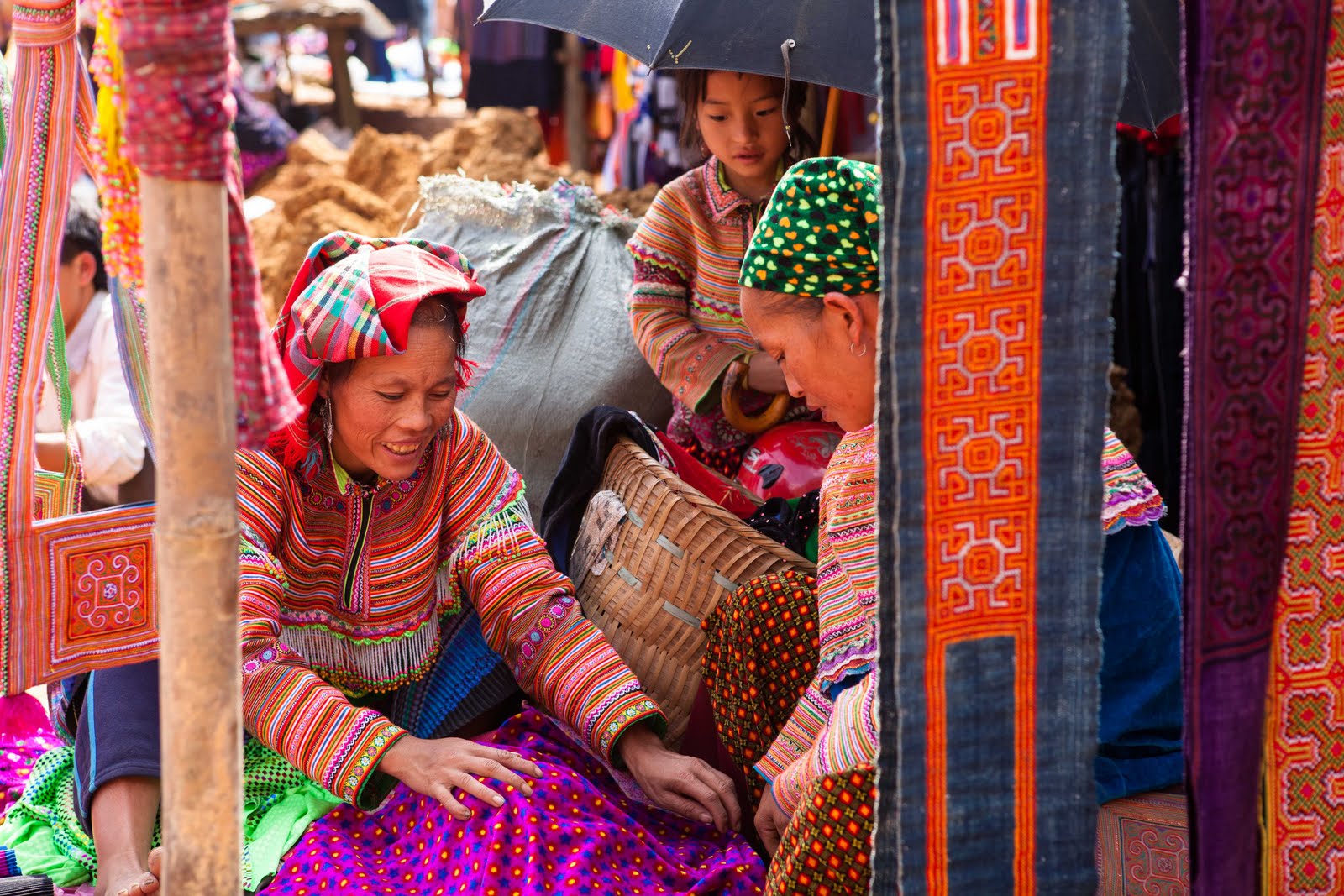







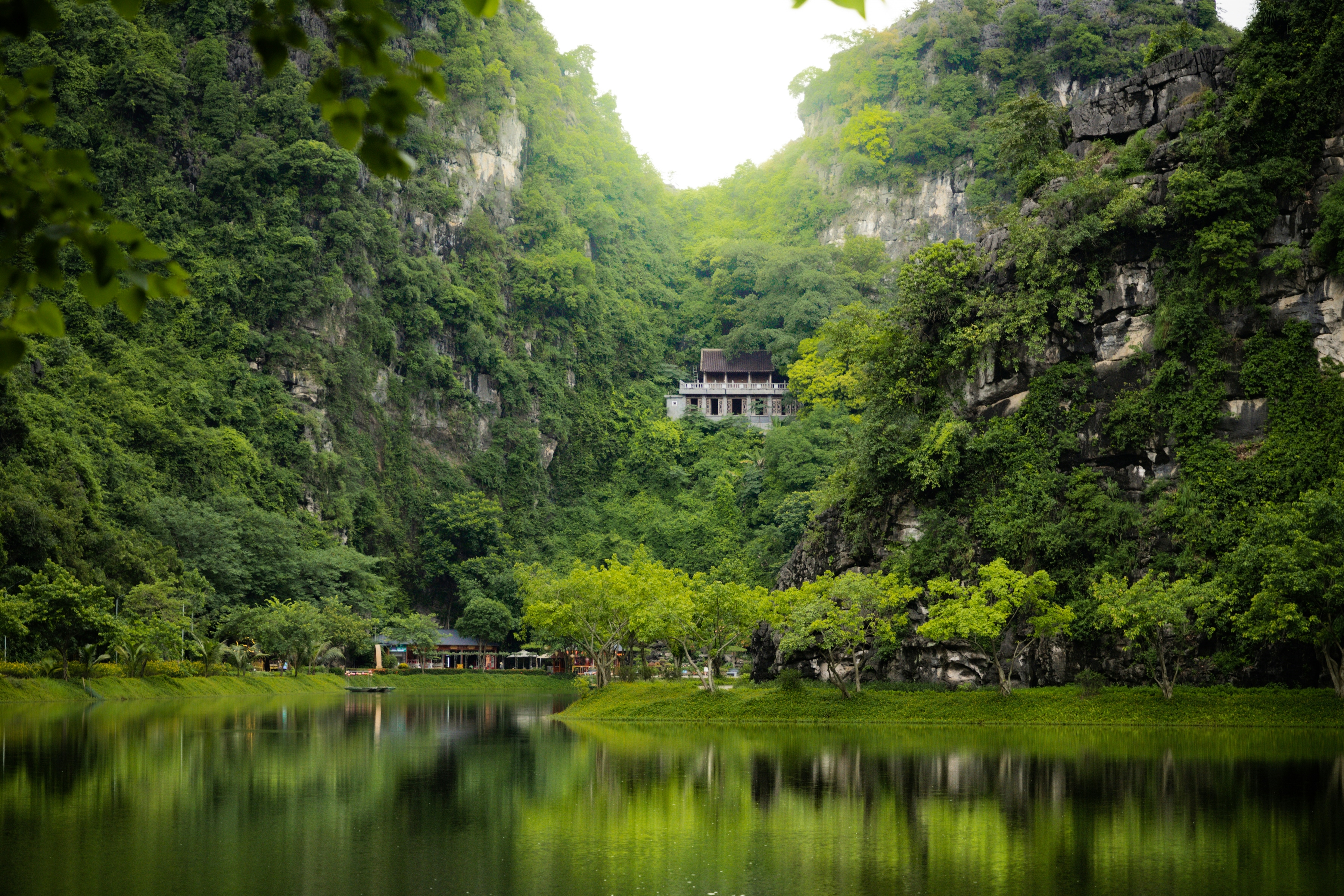
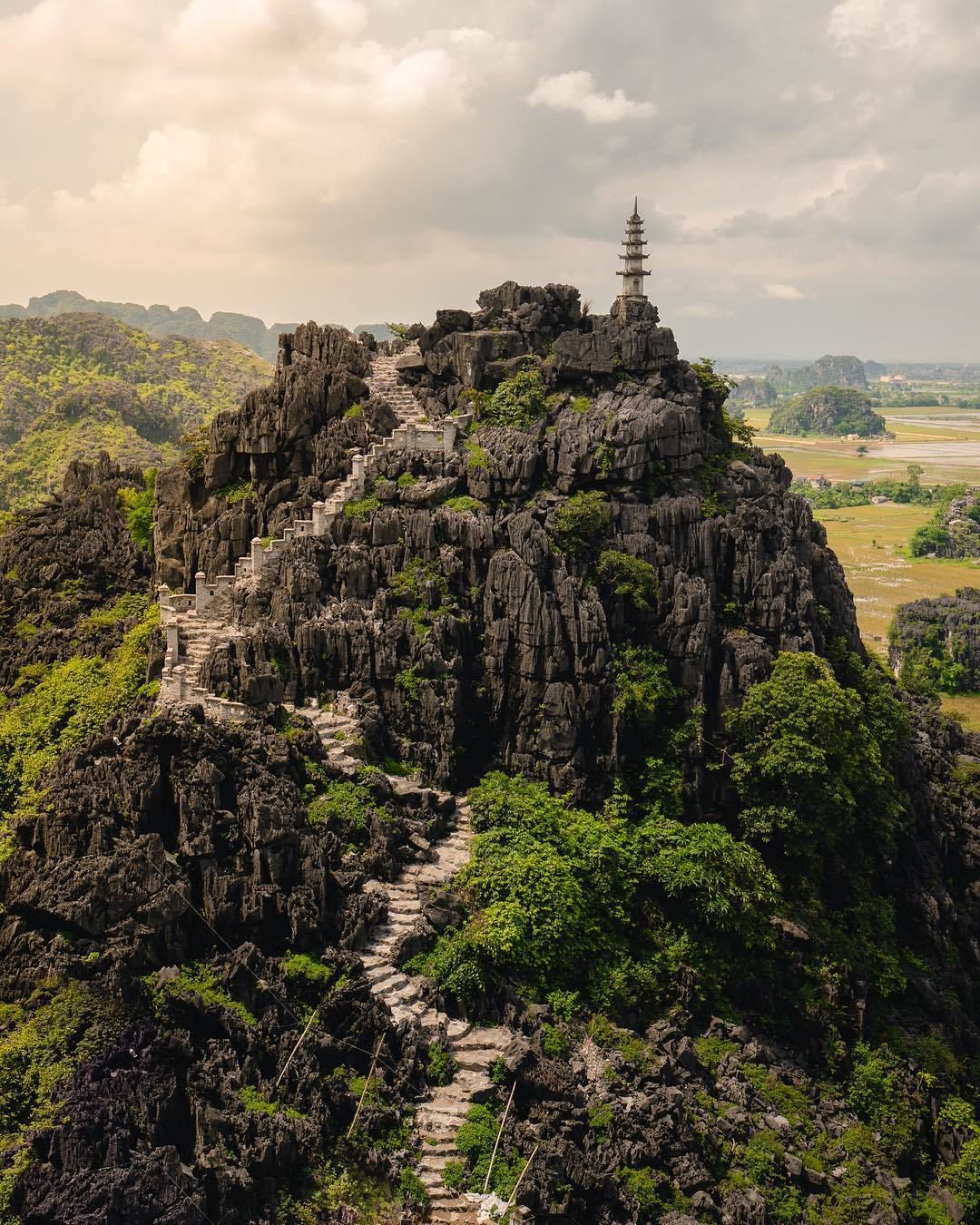
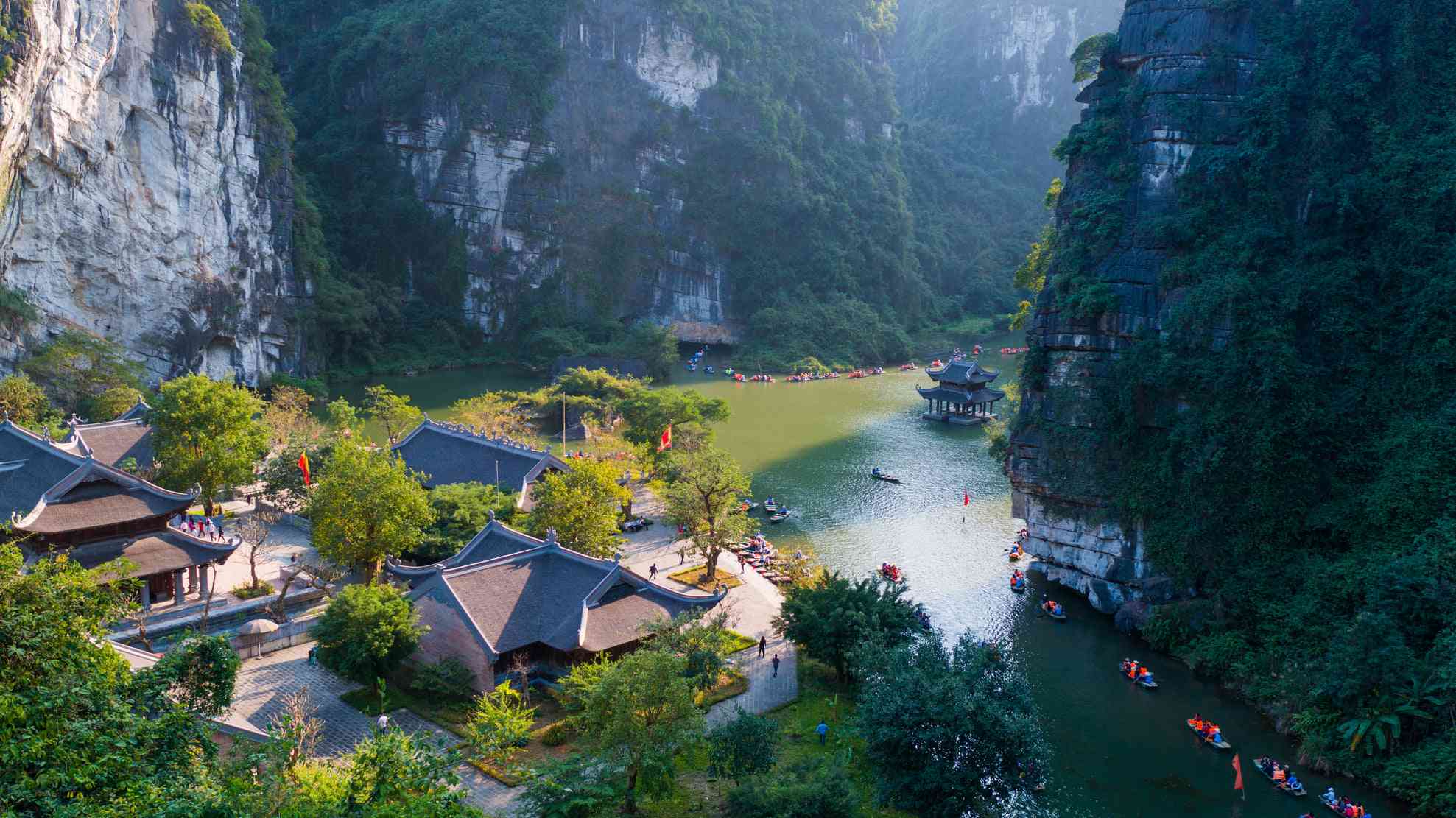
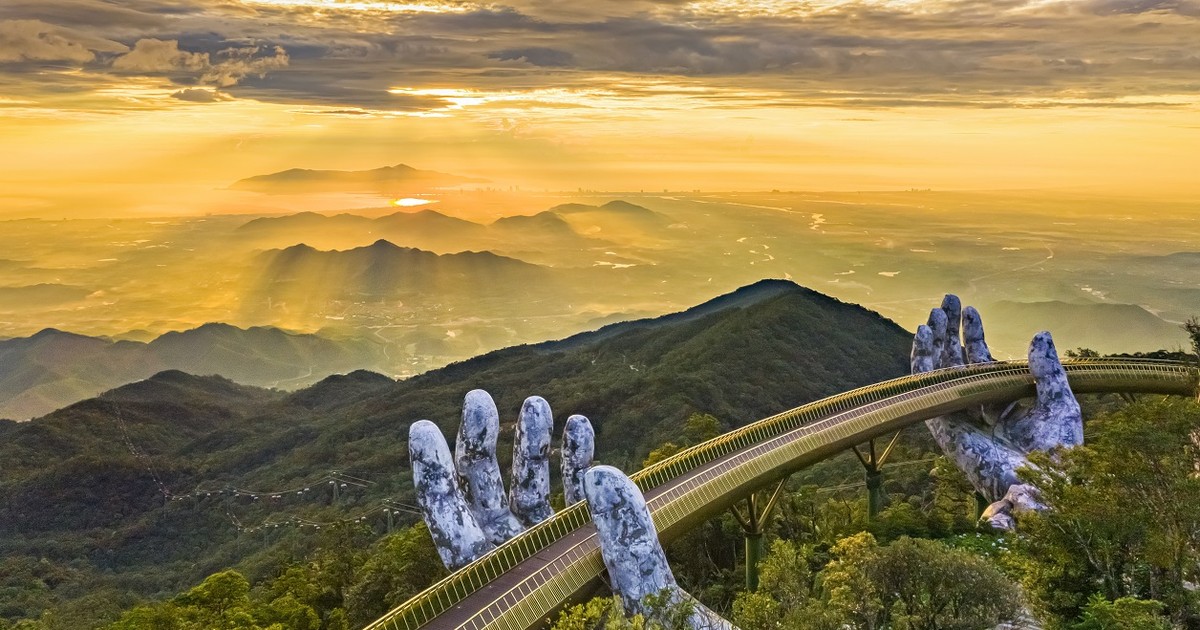

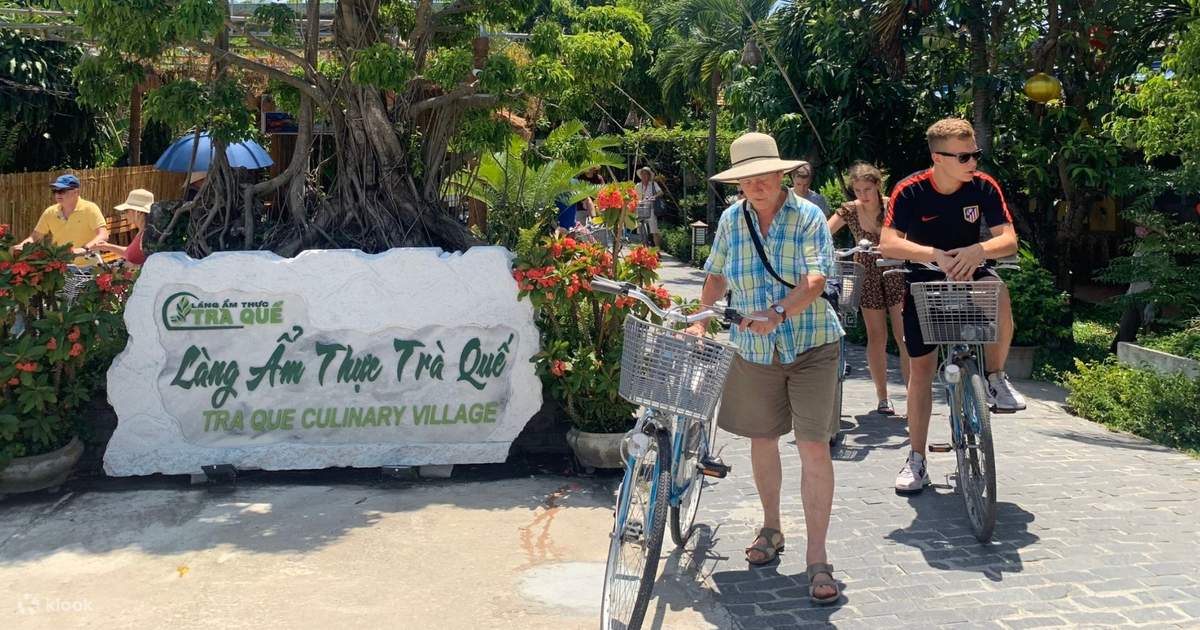
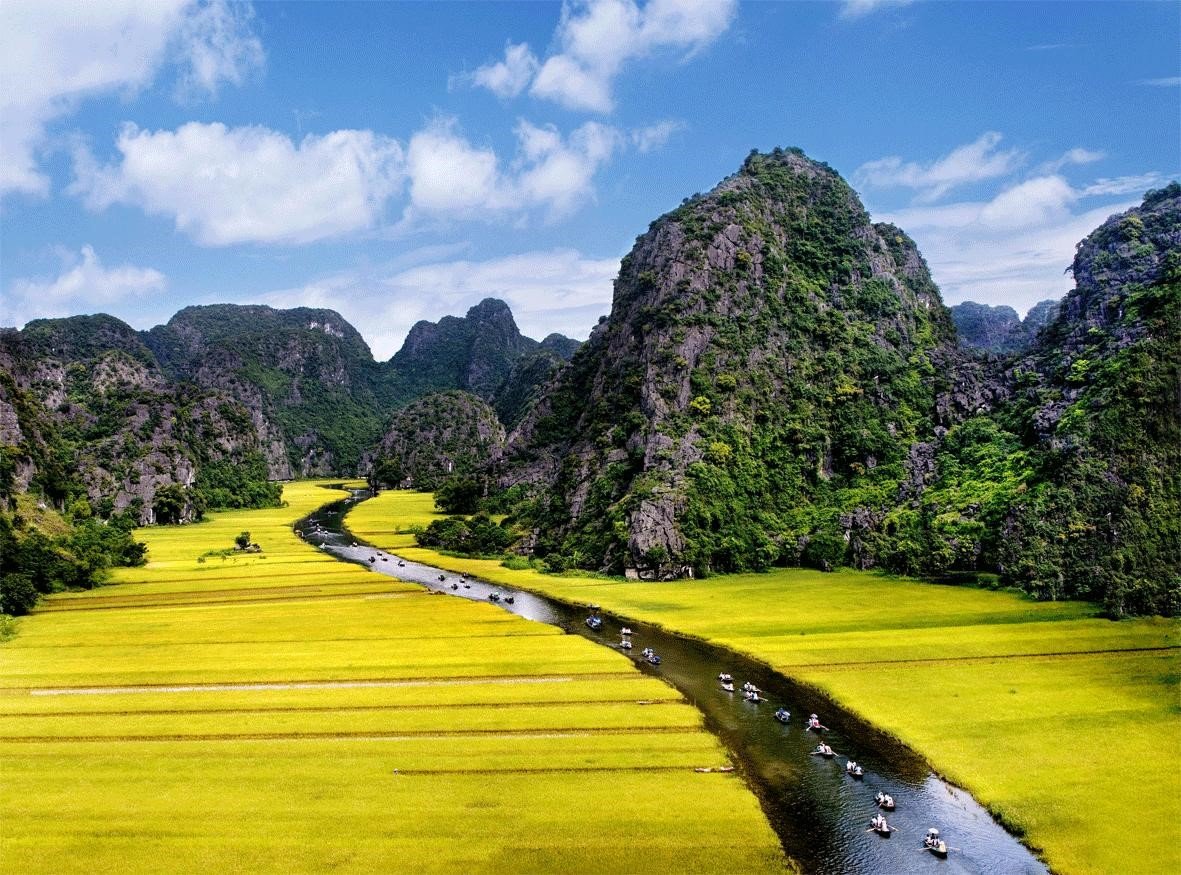




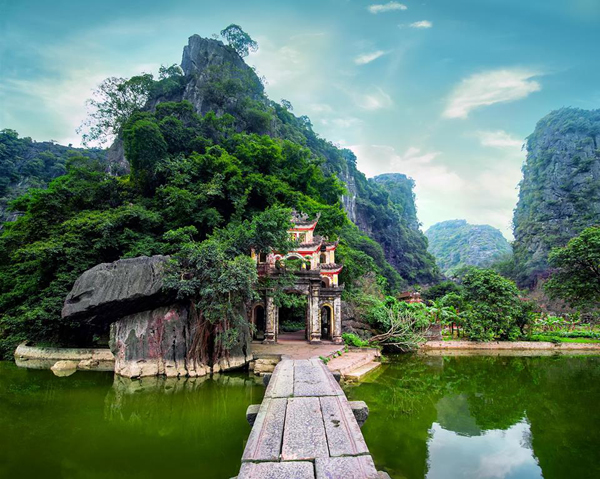

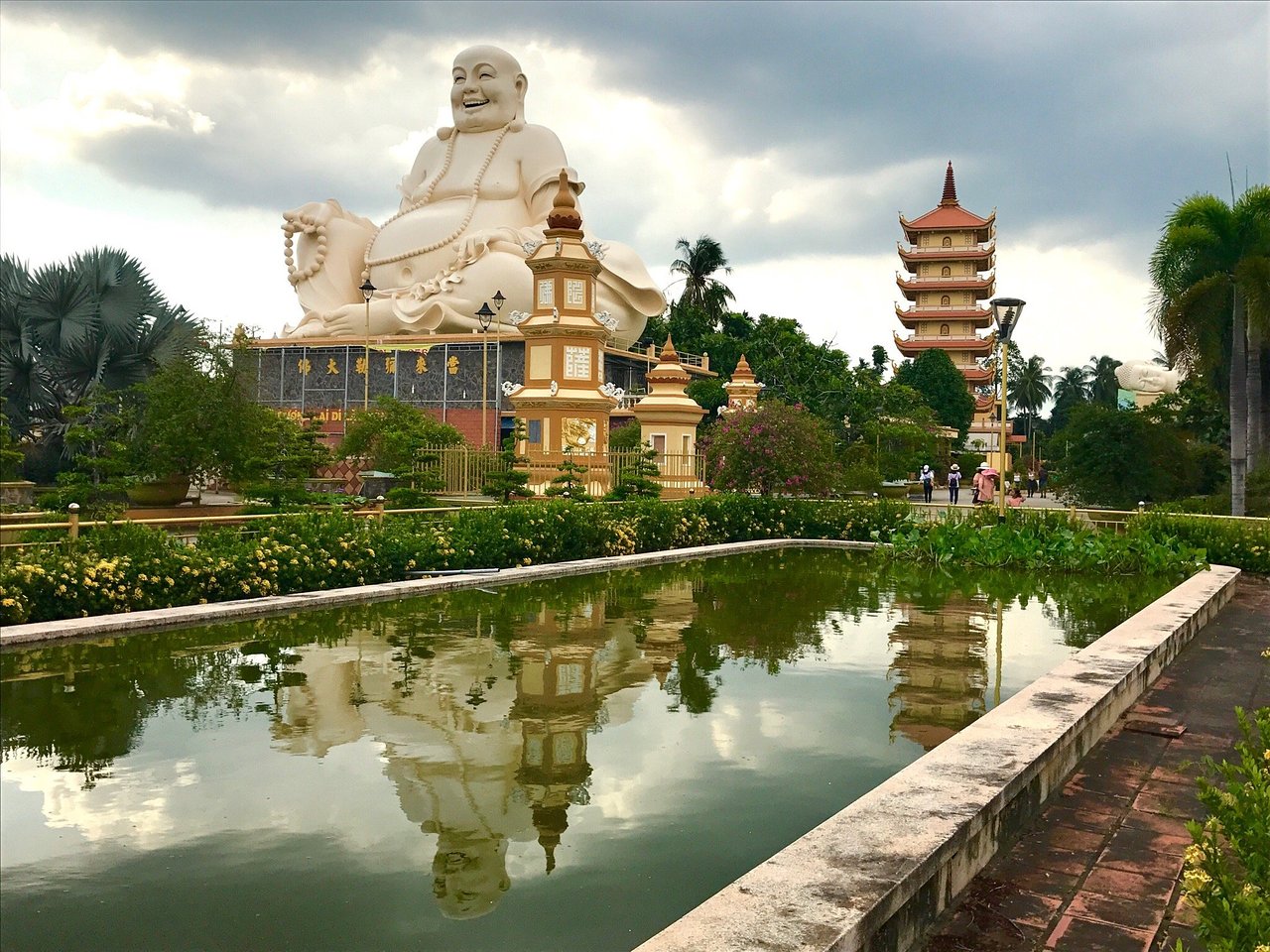

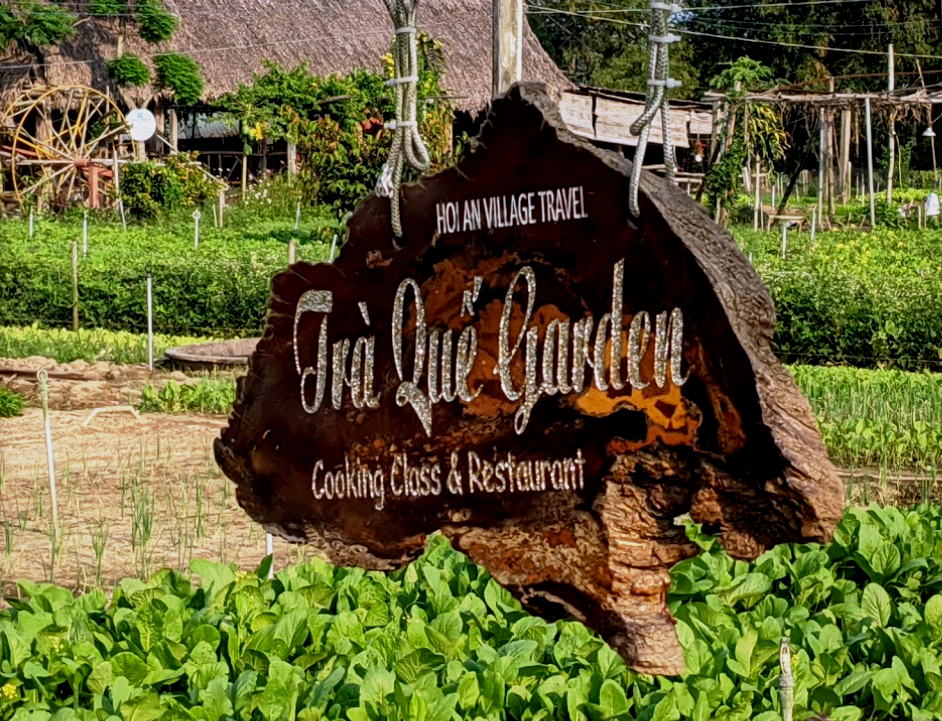


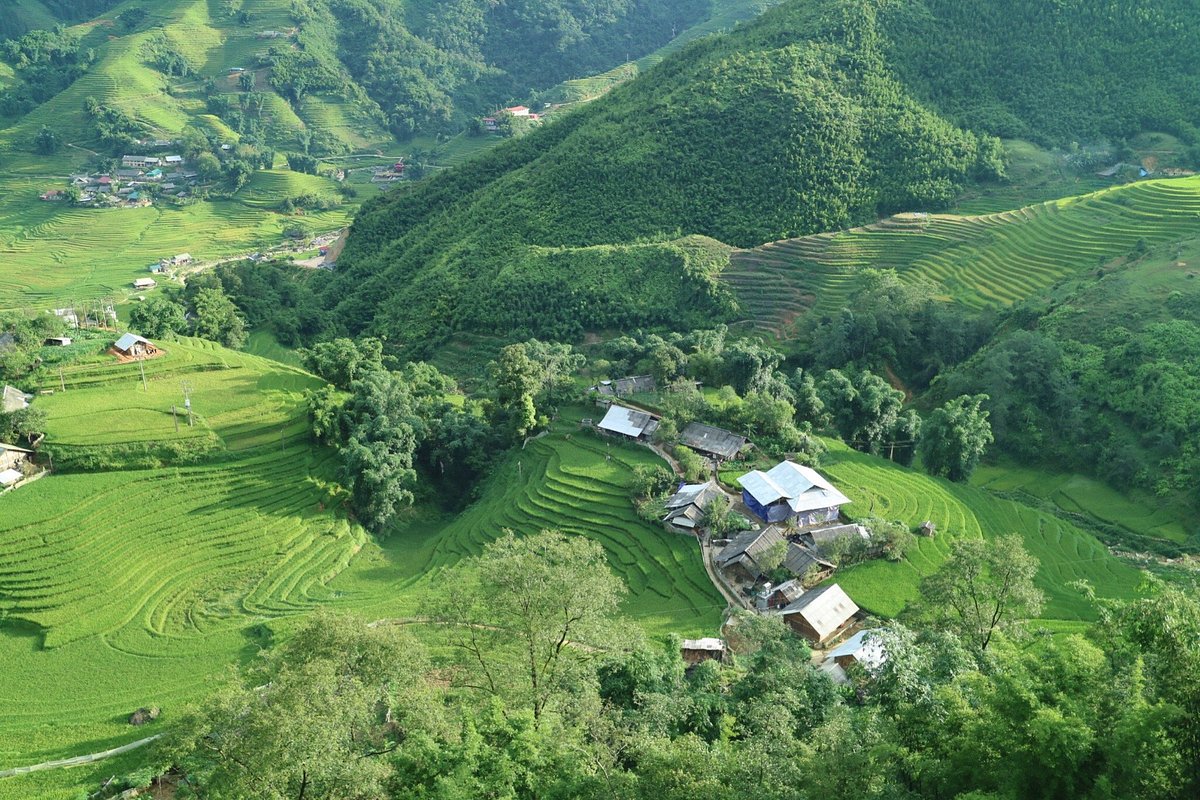
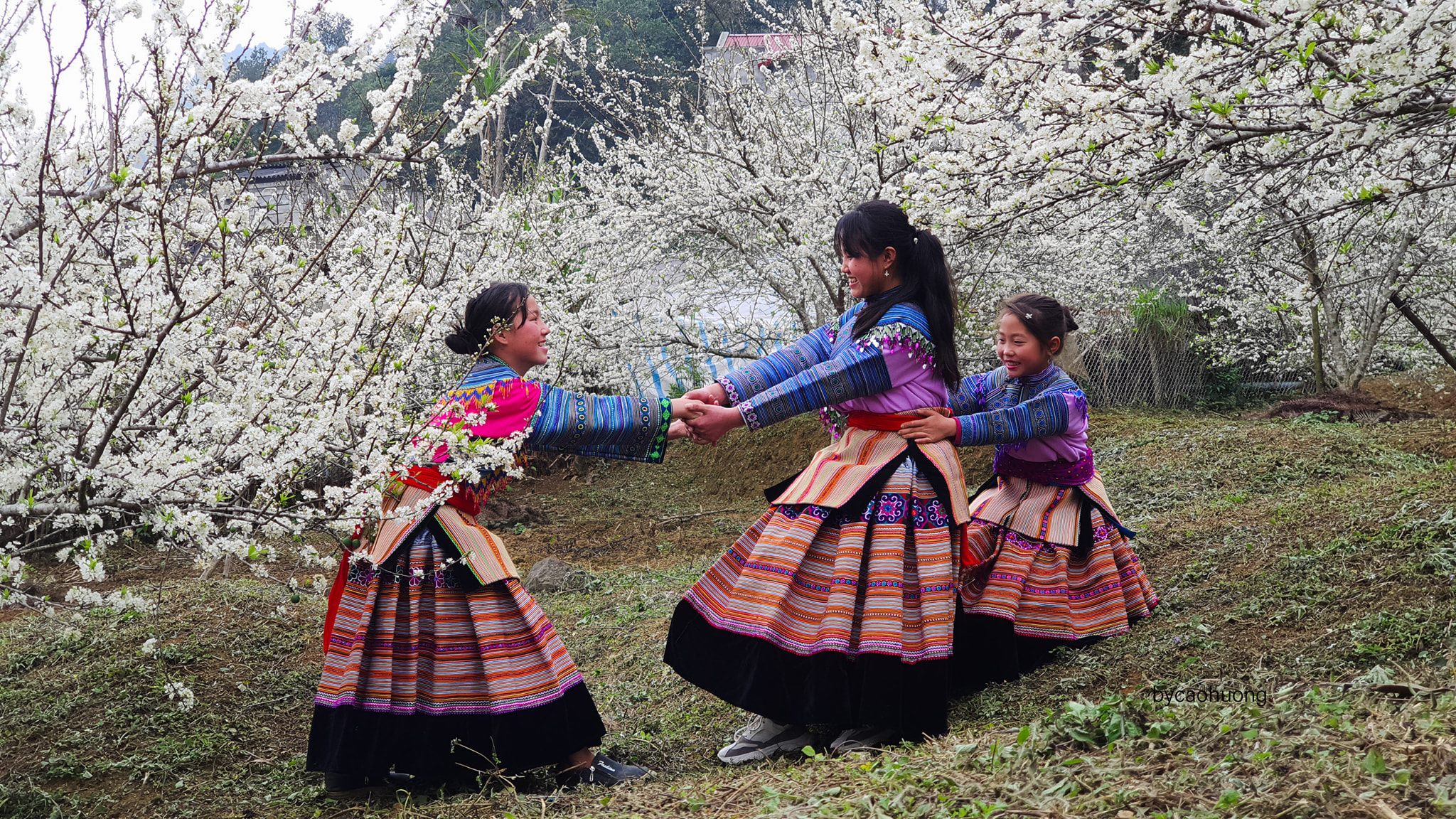



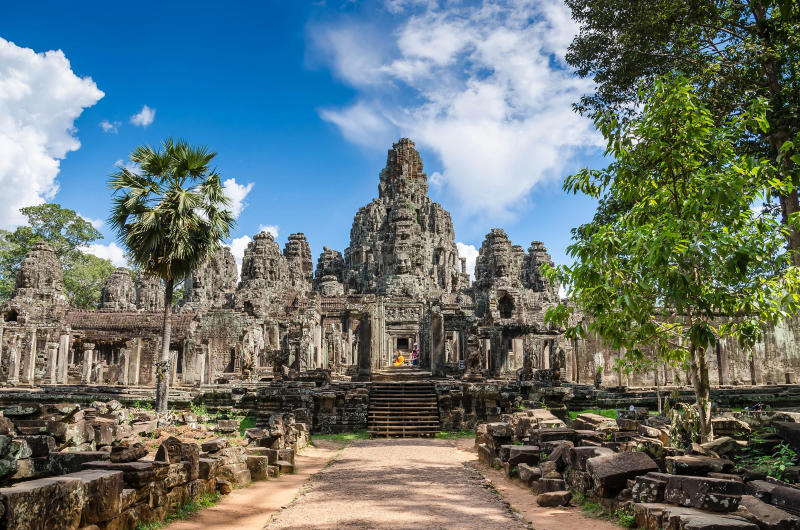
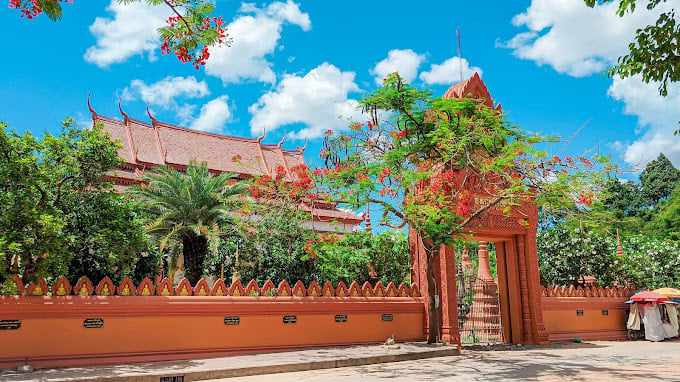

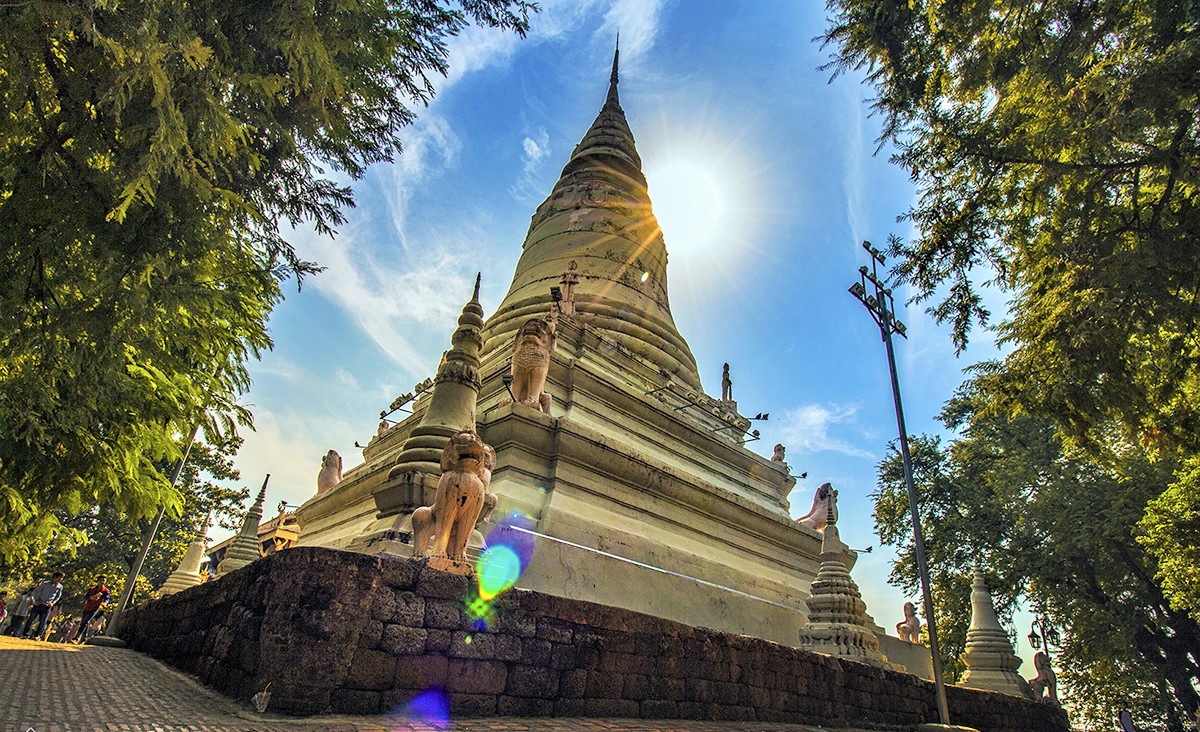
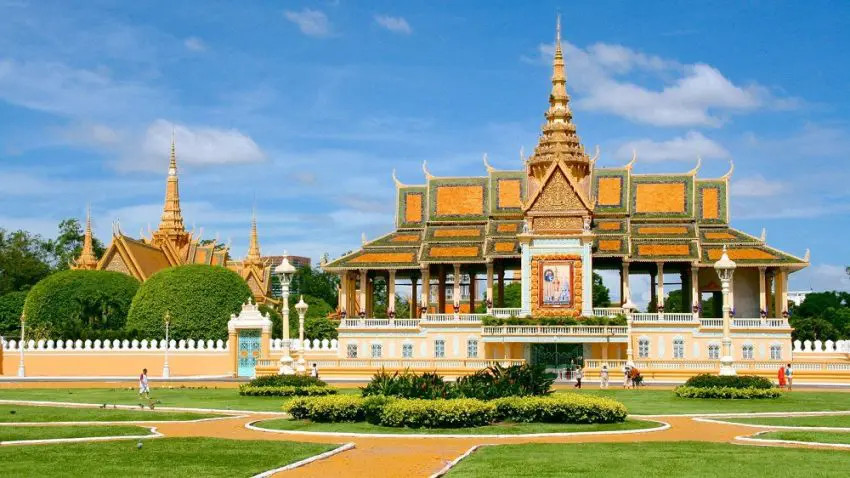


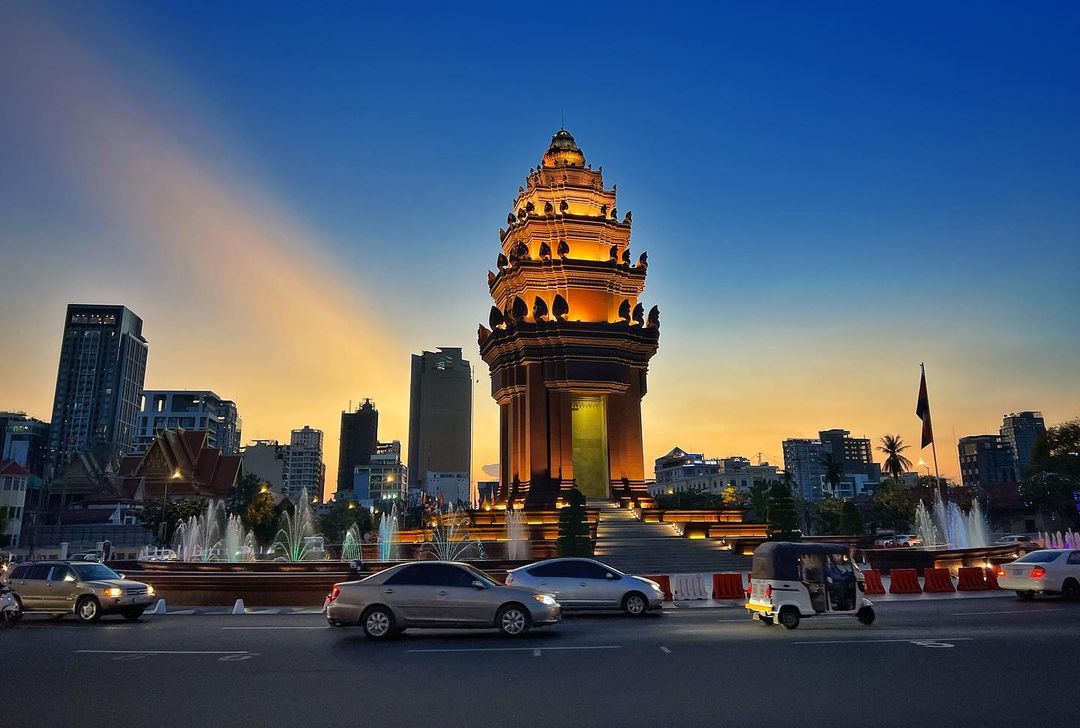
.jpg)
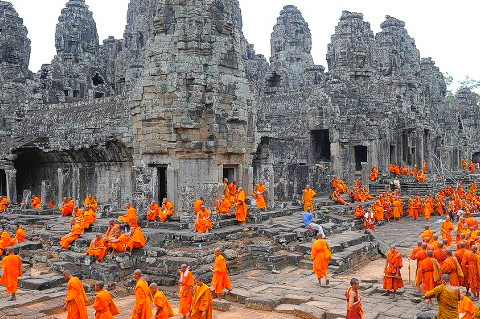

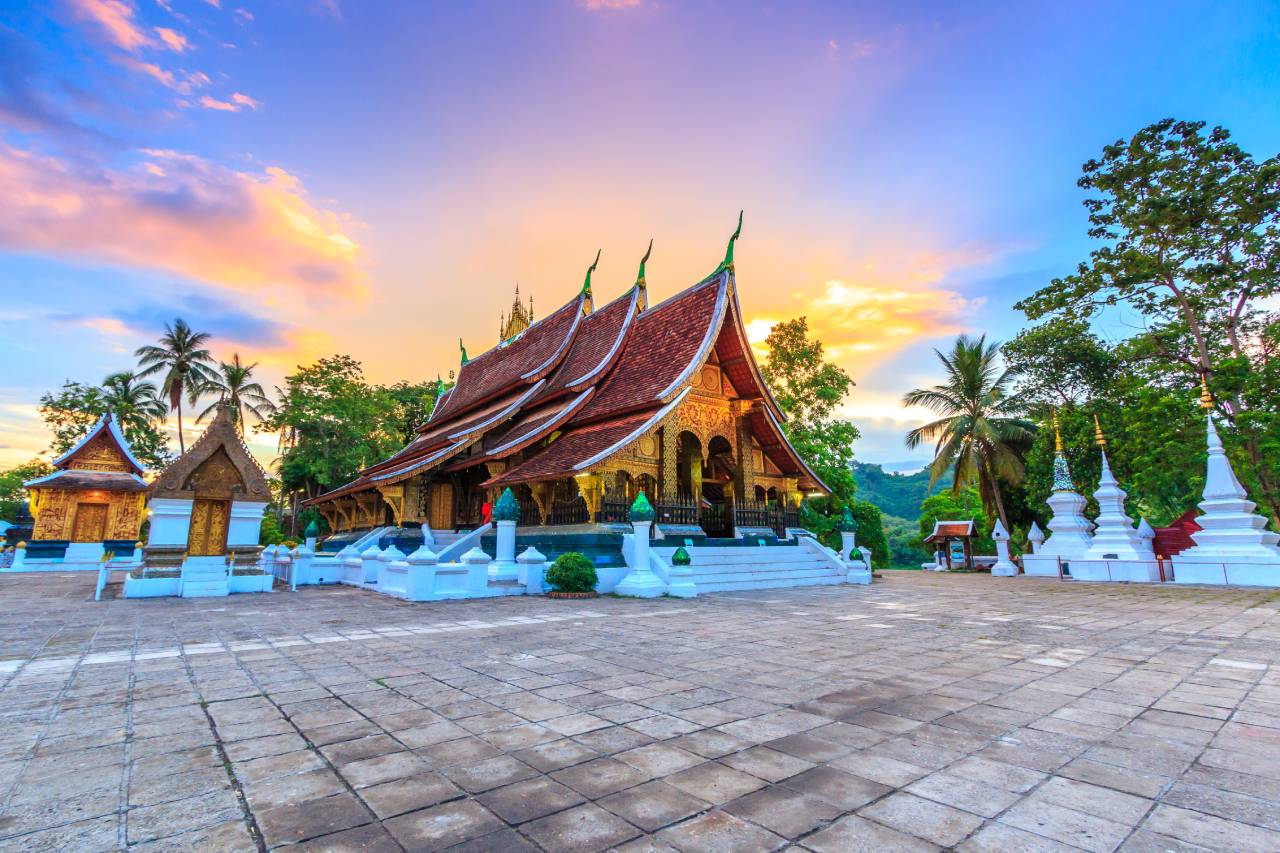
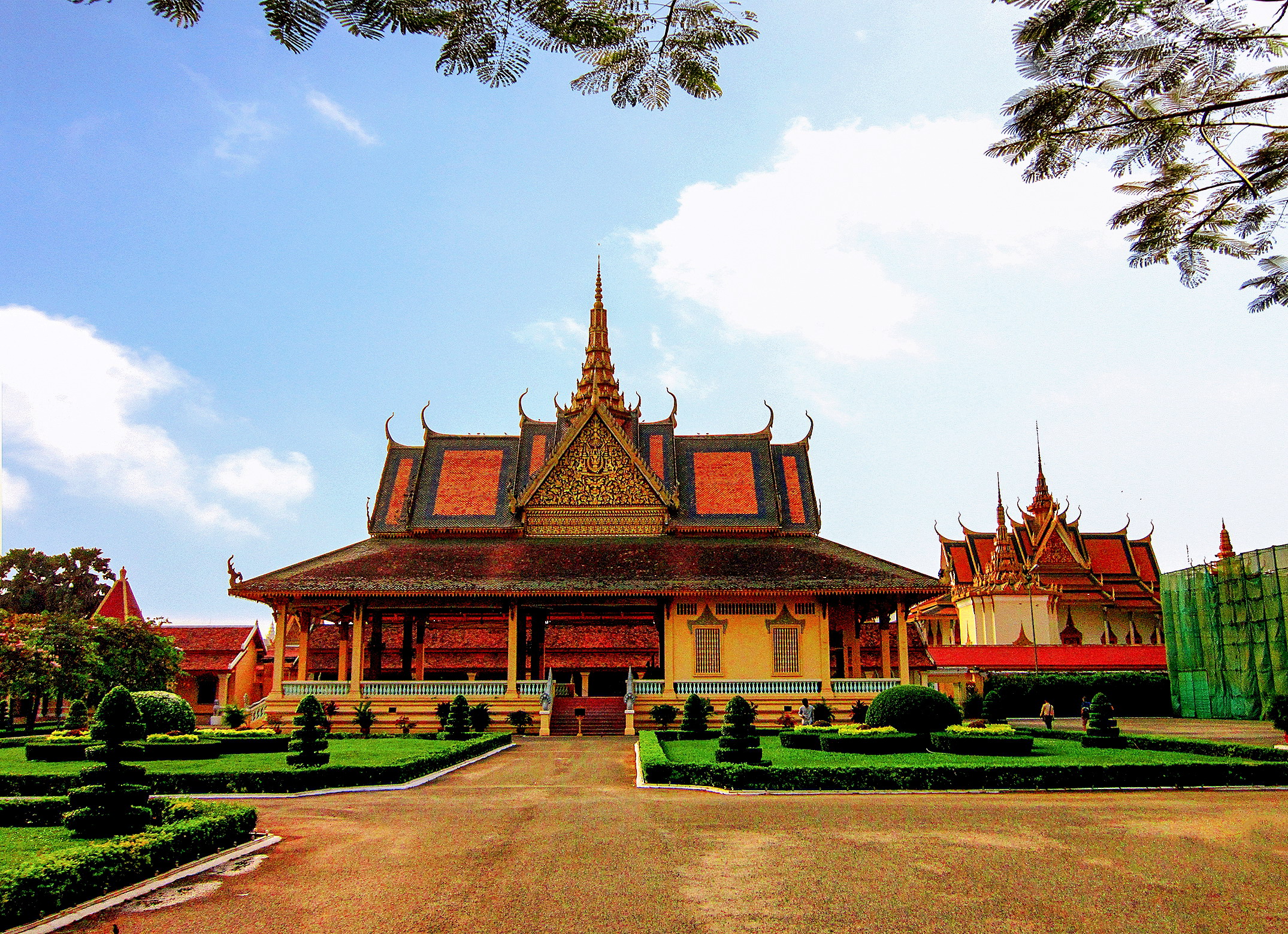
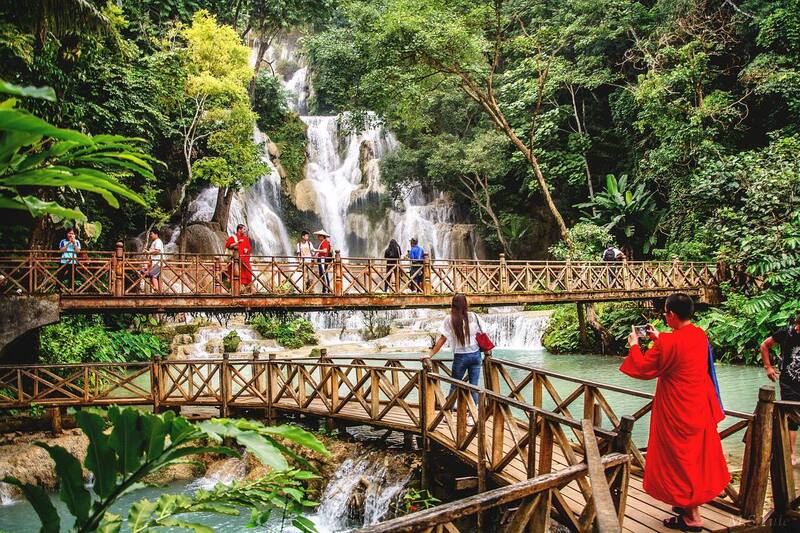
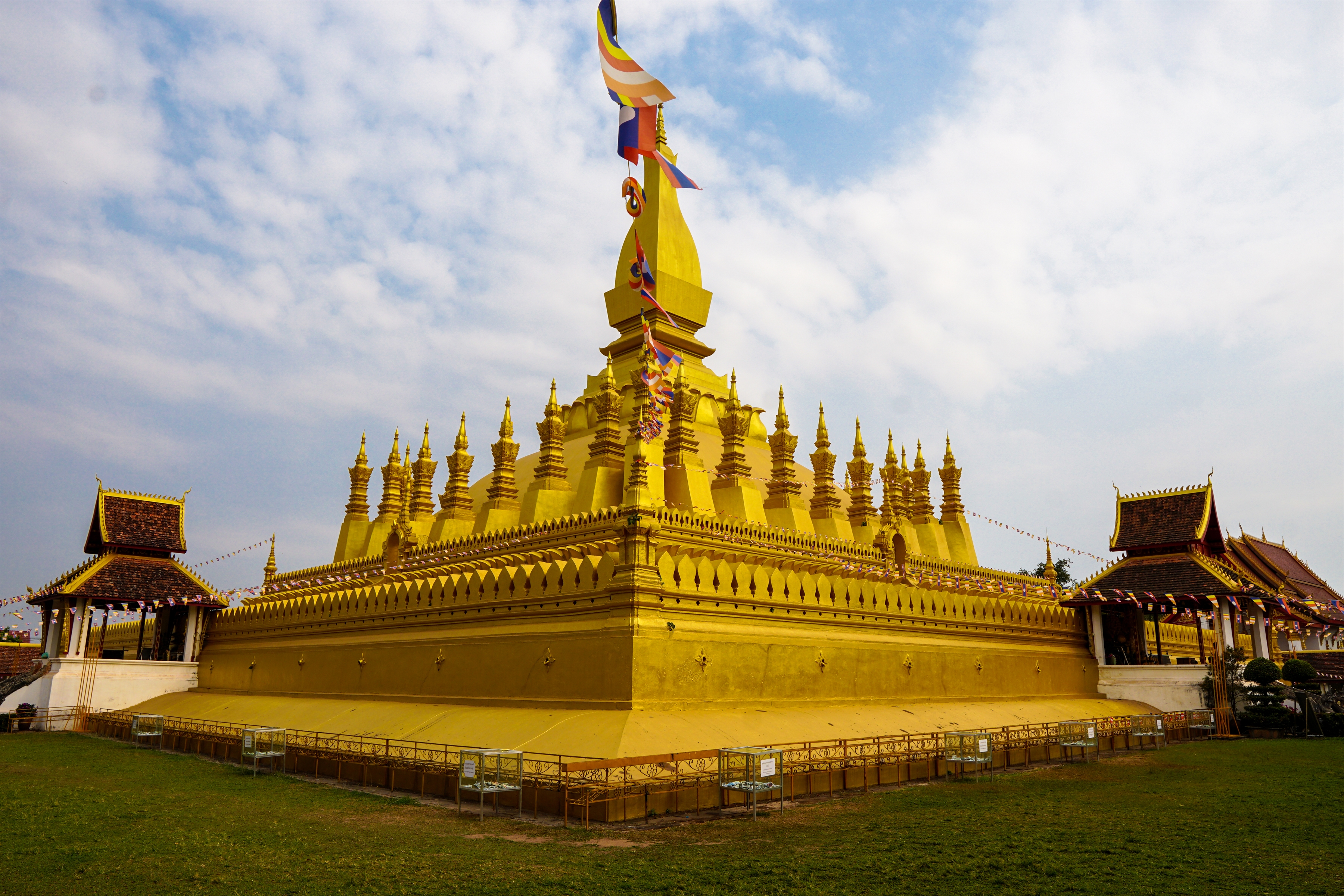
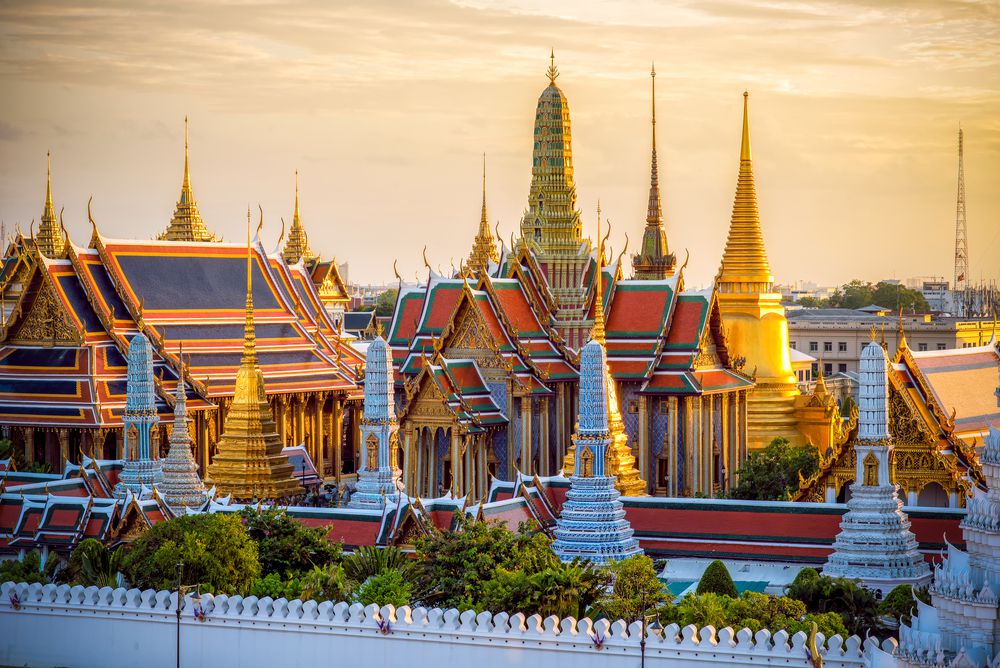
.jpg)
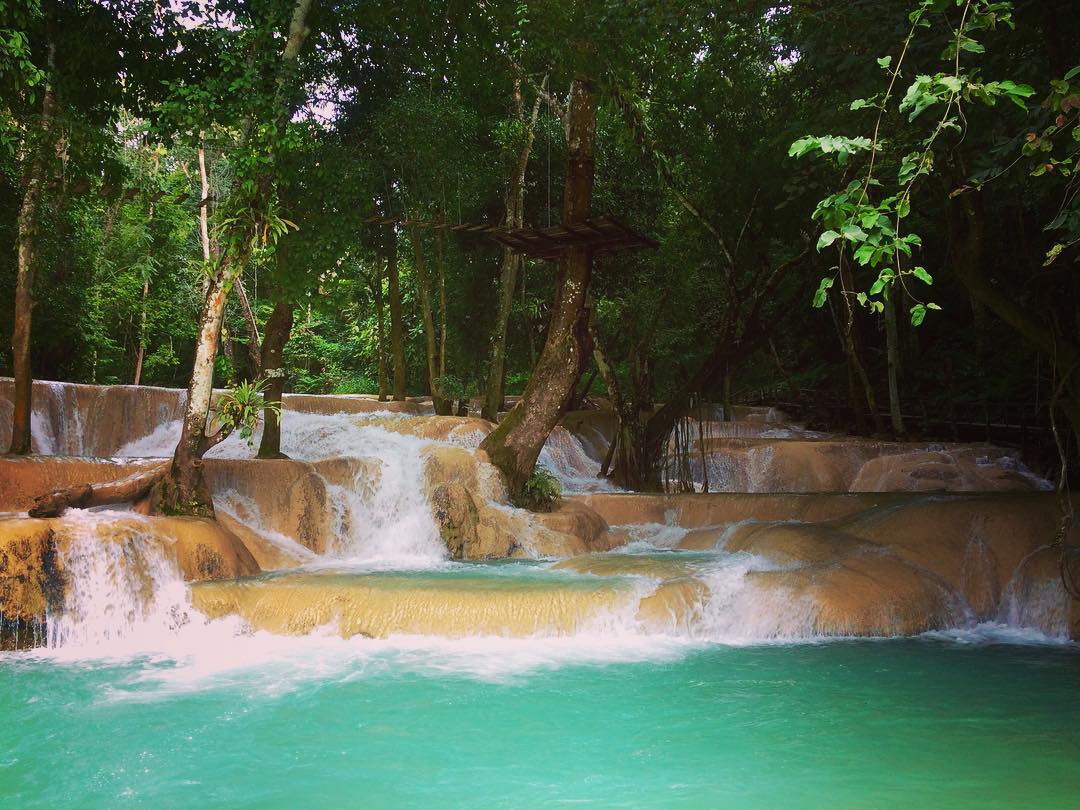
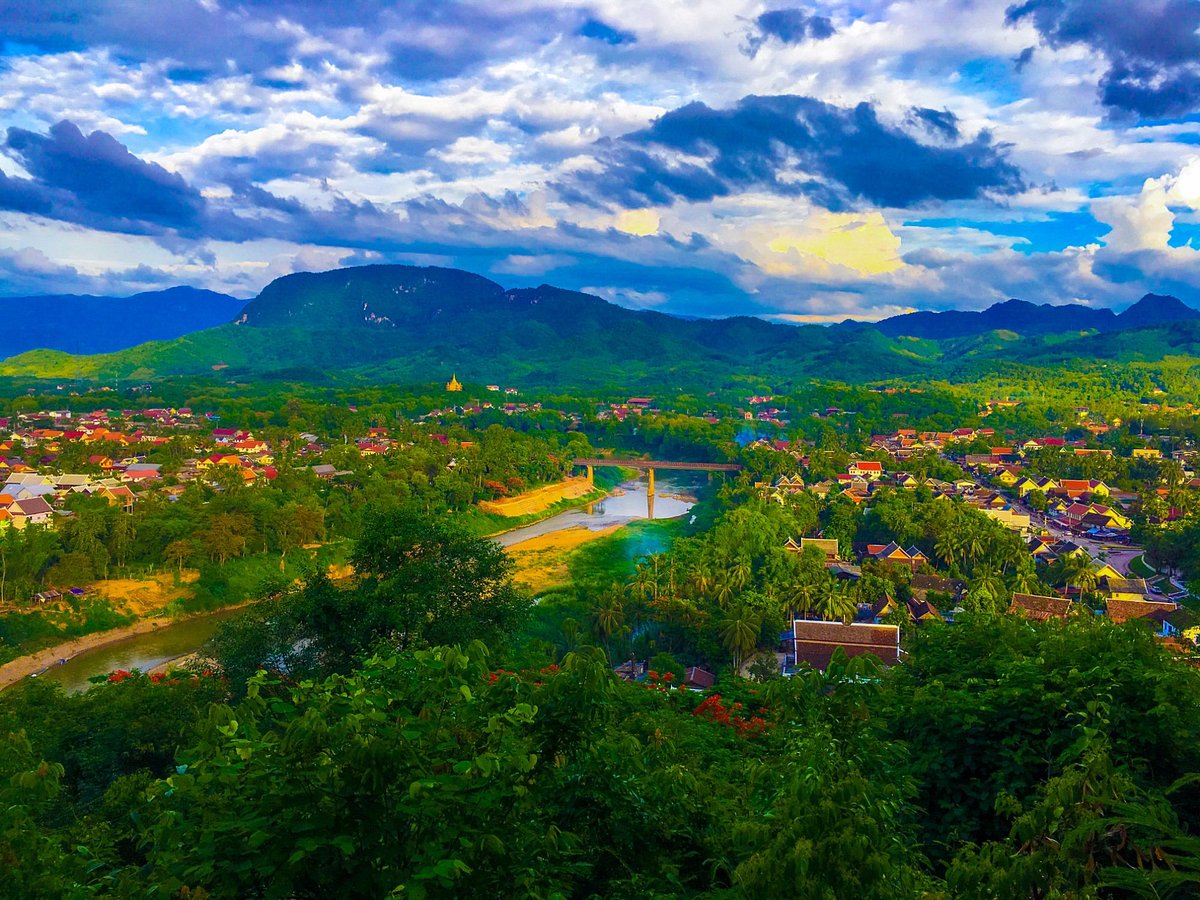

.jpg)

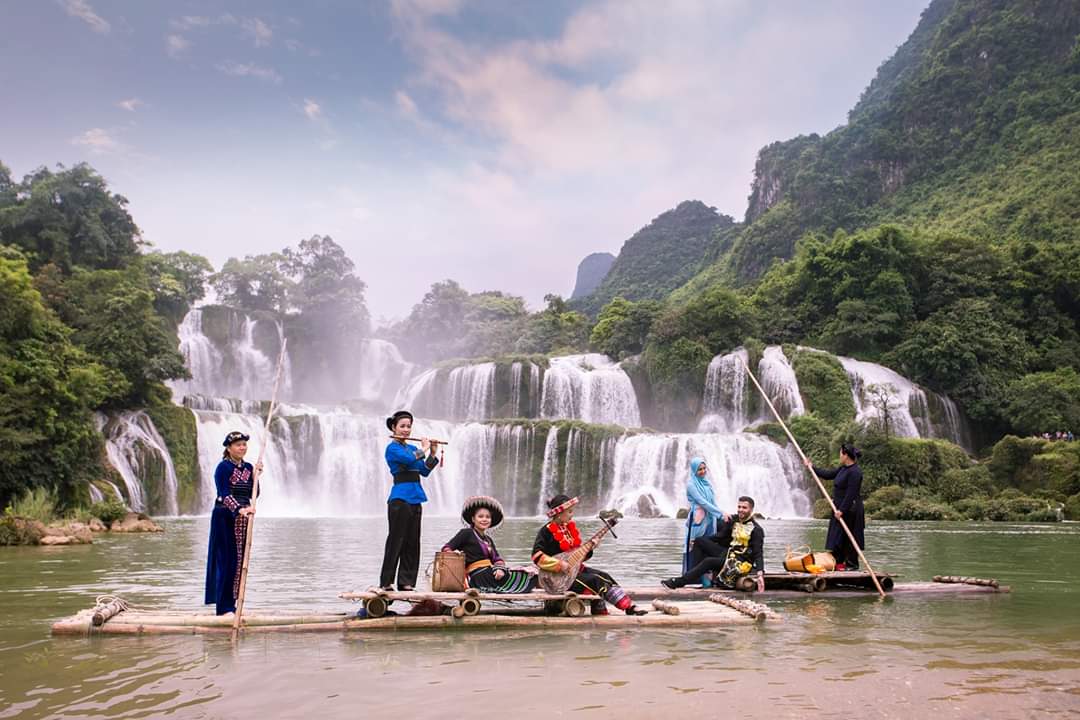

.png)


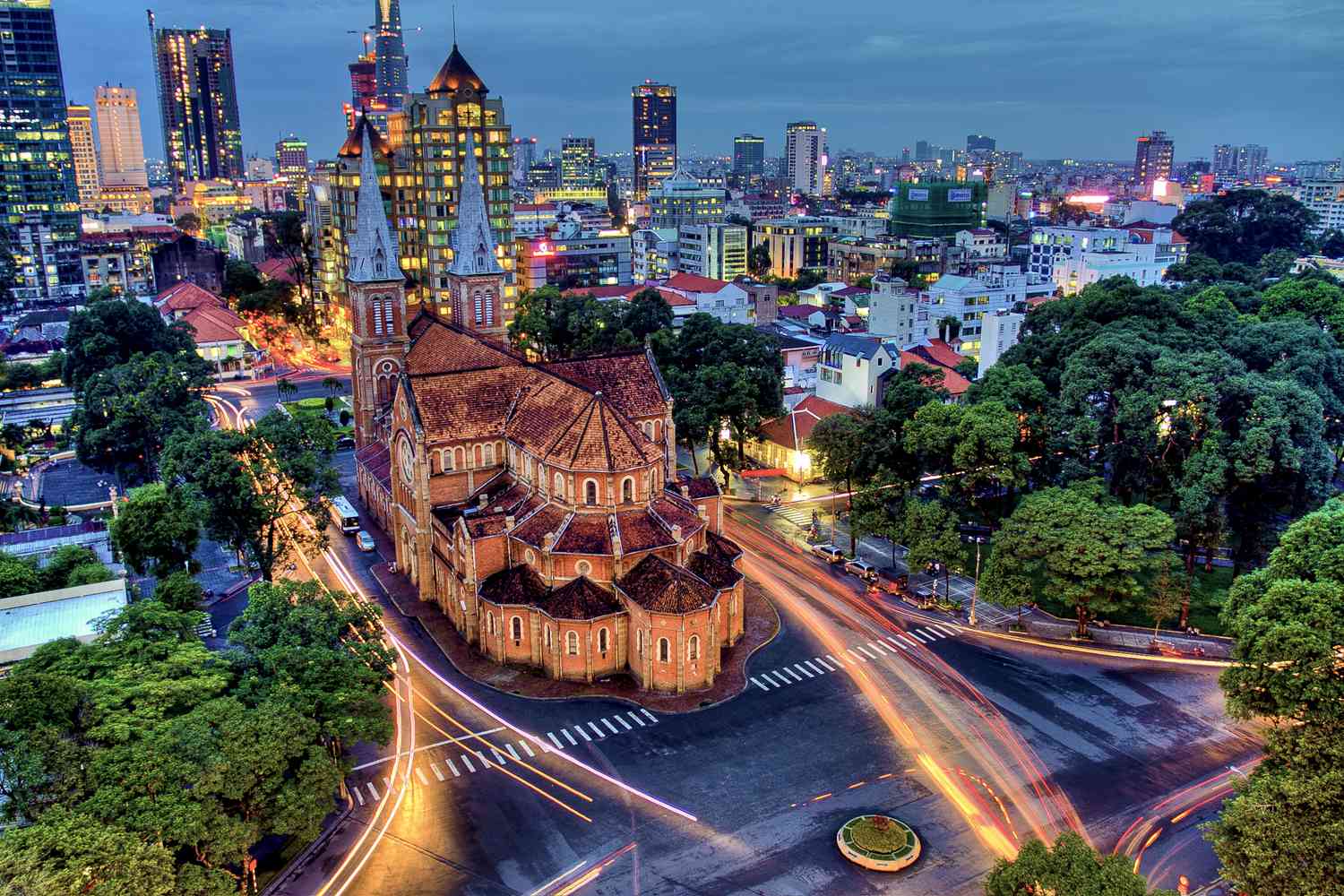

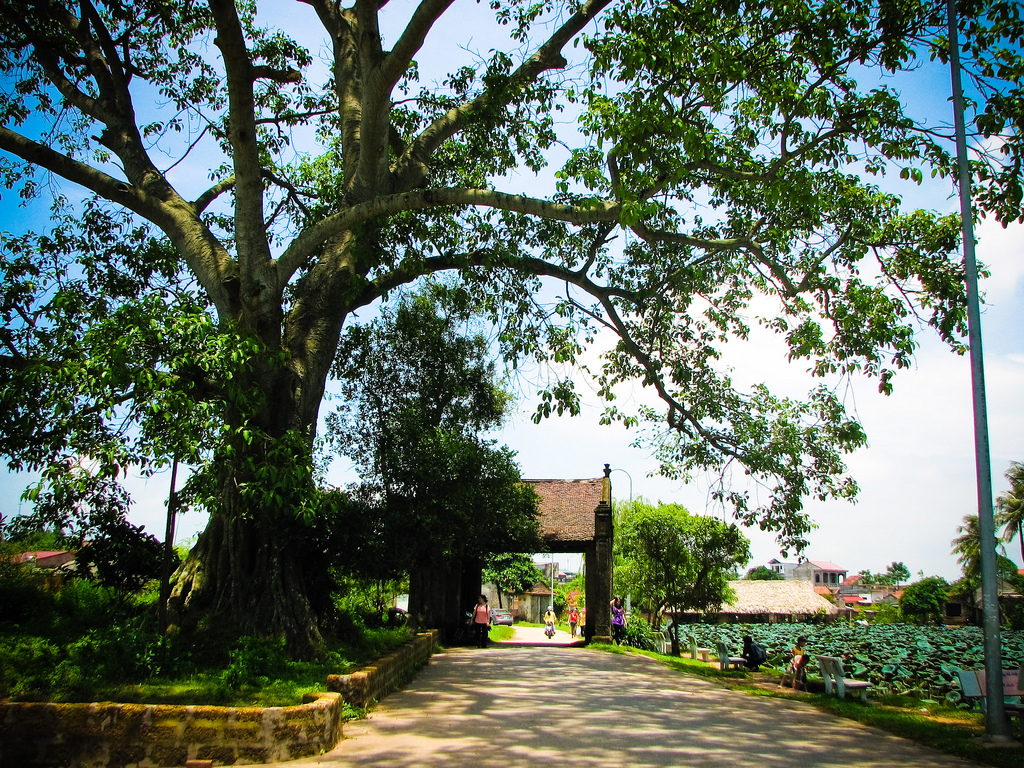
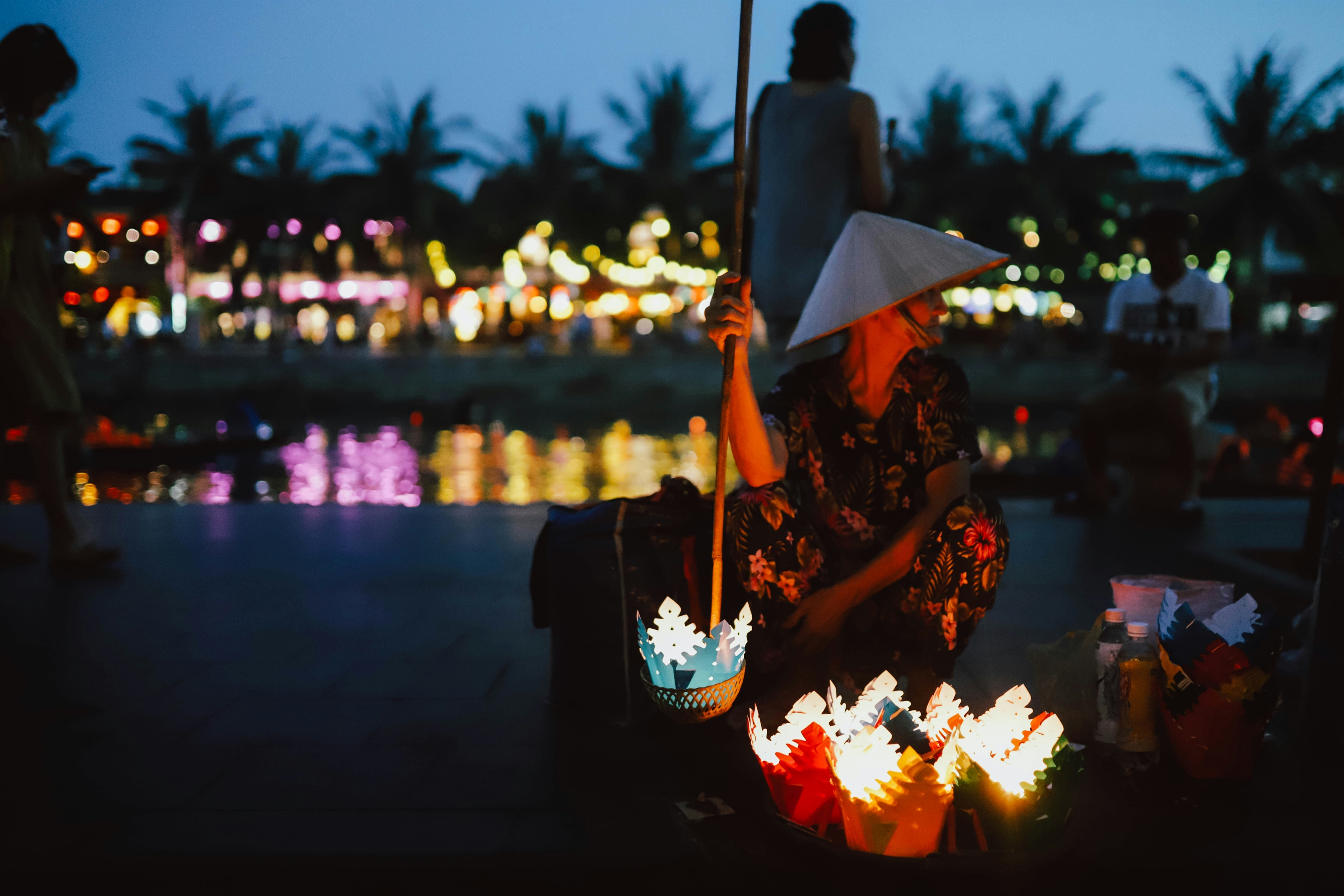
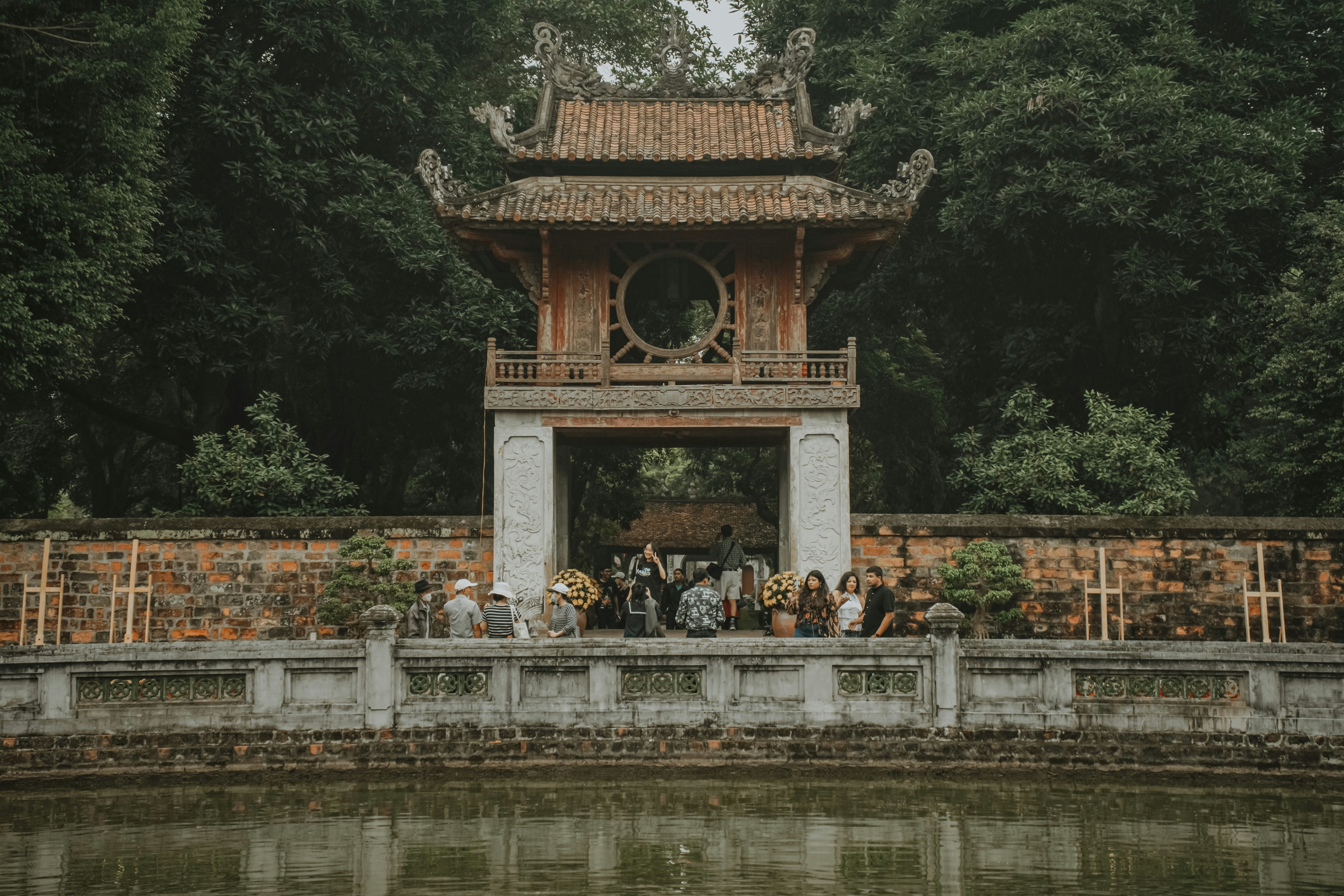

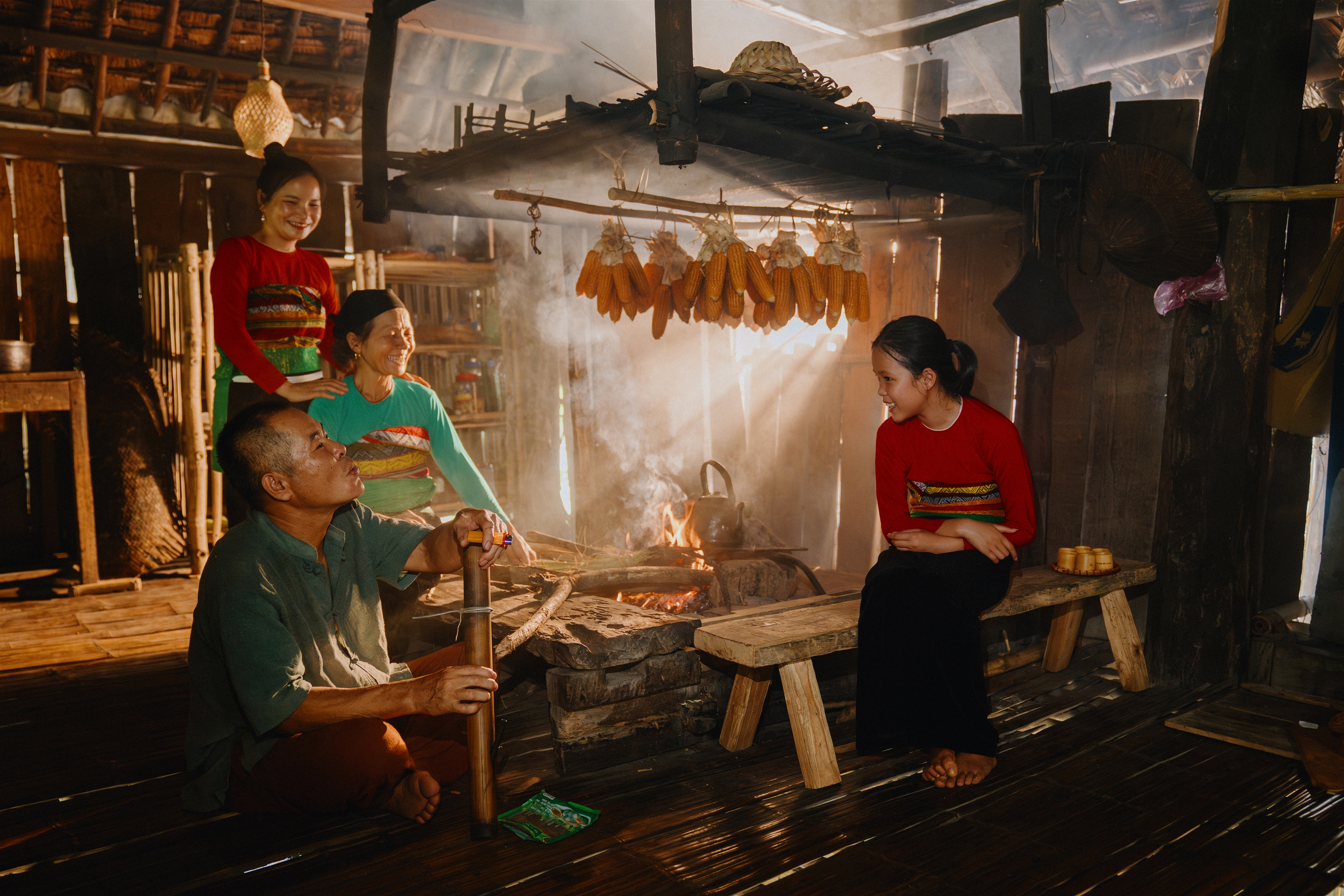

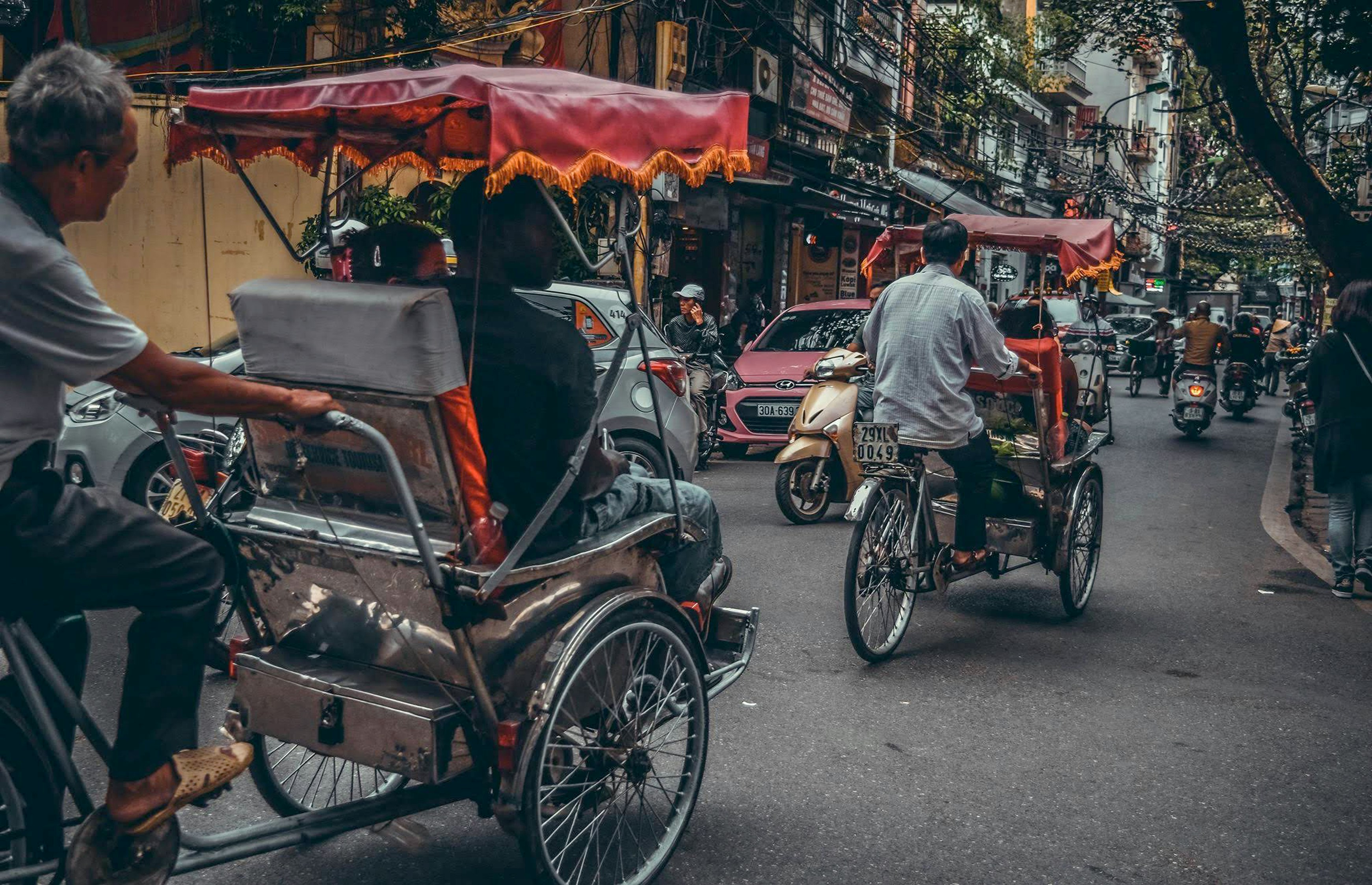
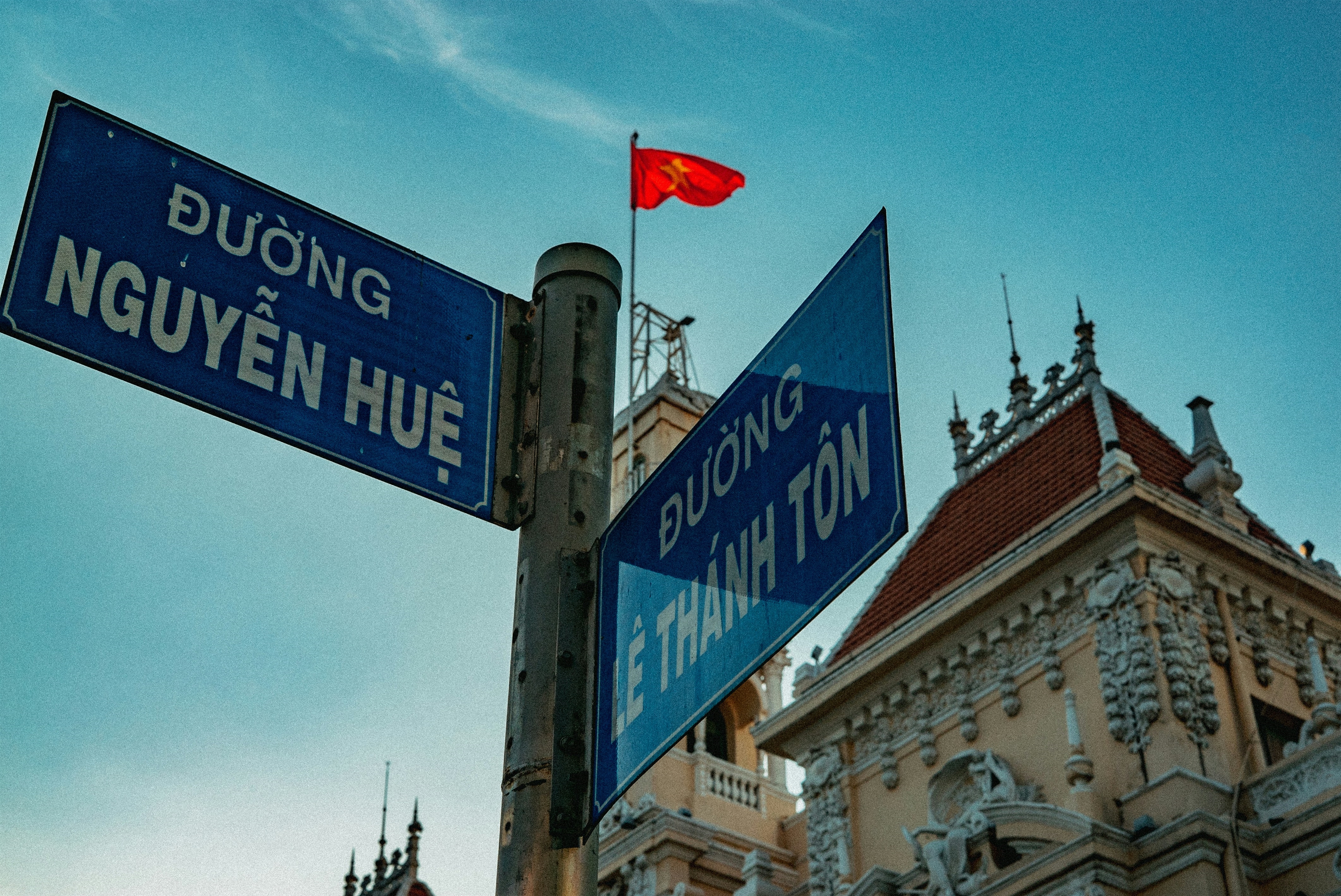
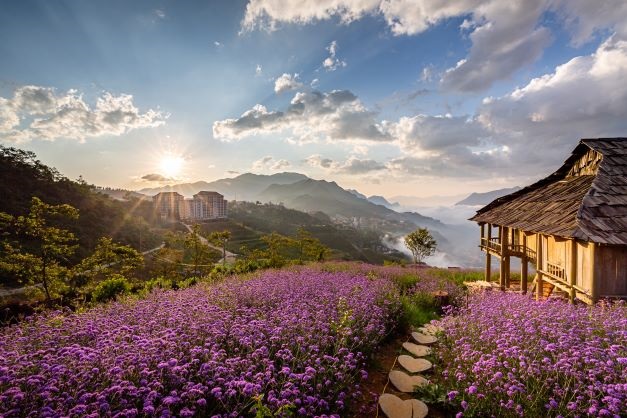
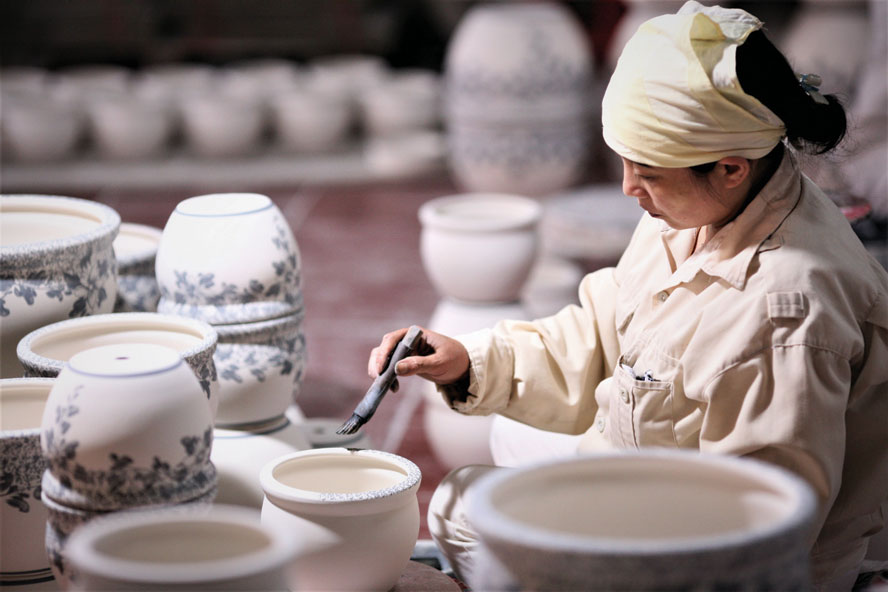

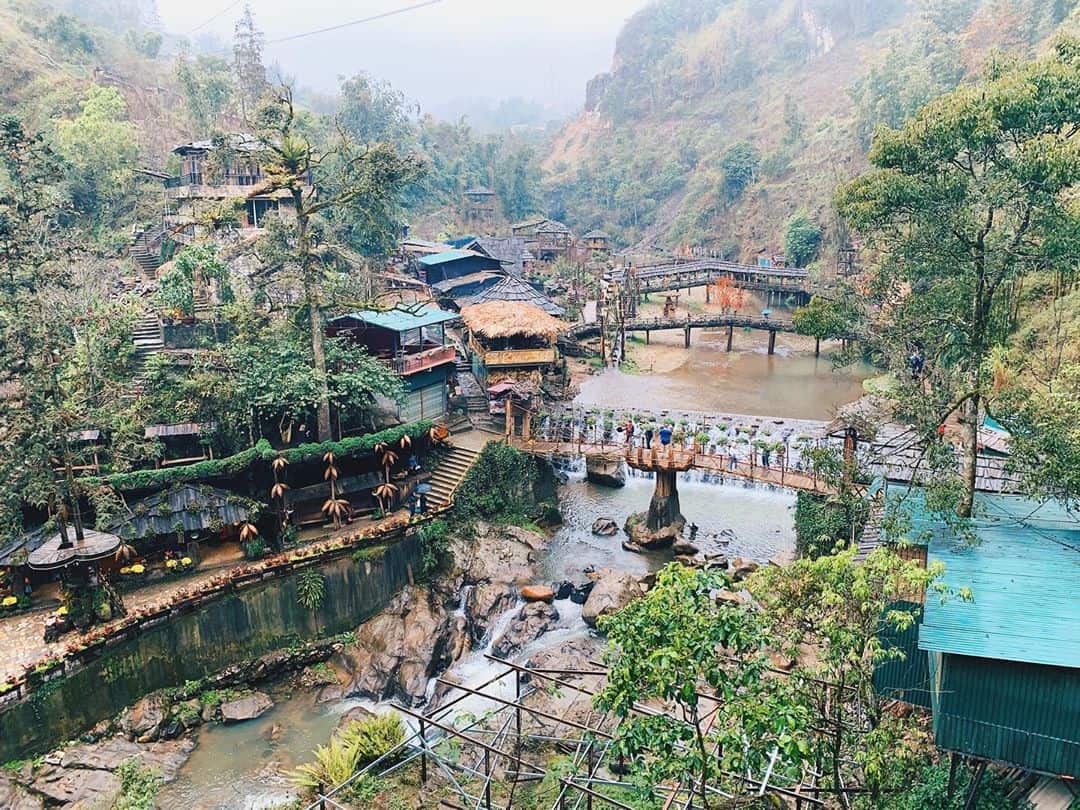
.jpg)
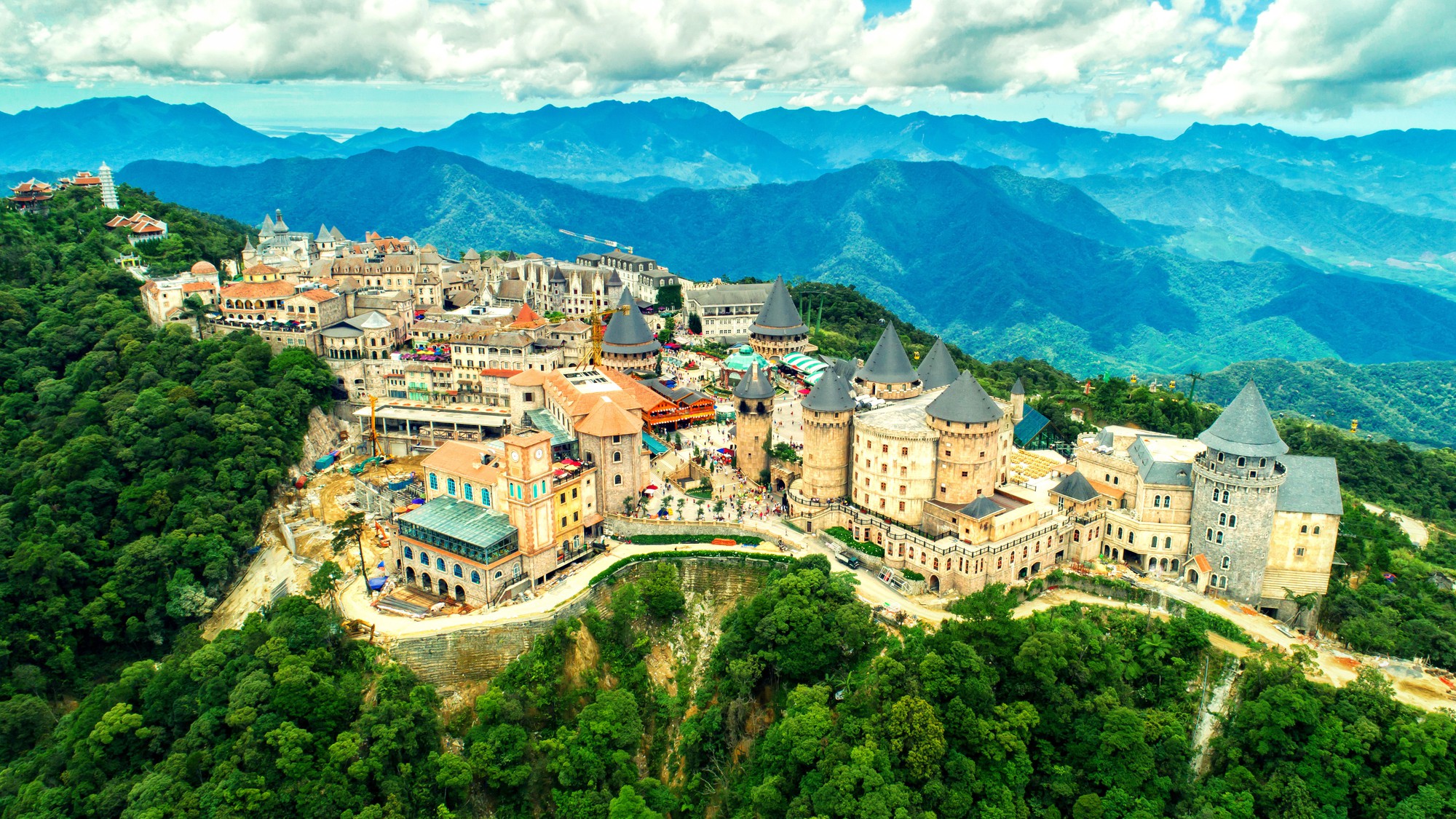

.jpg)
